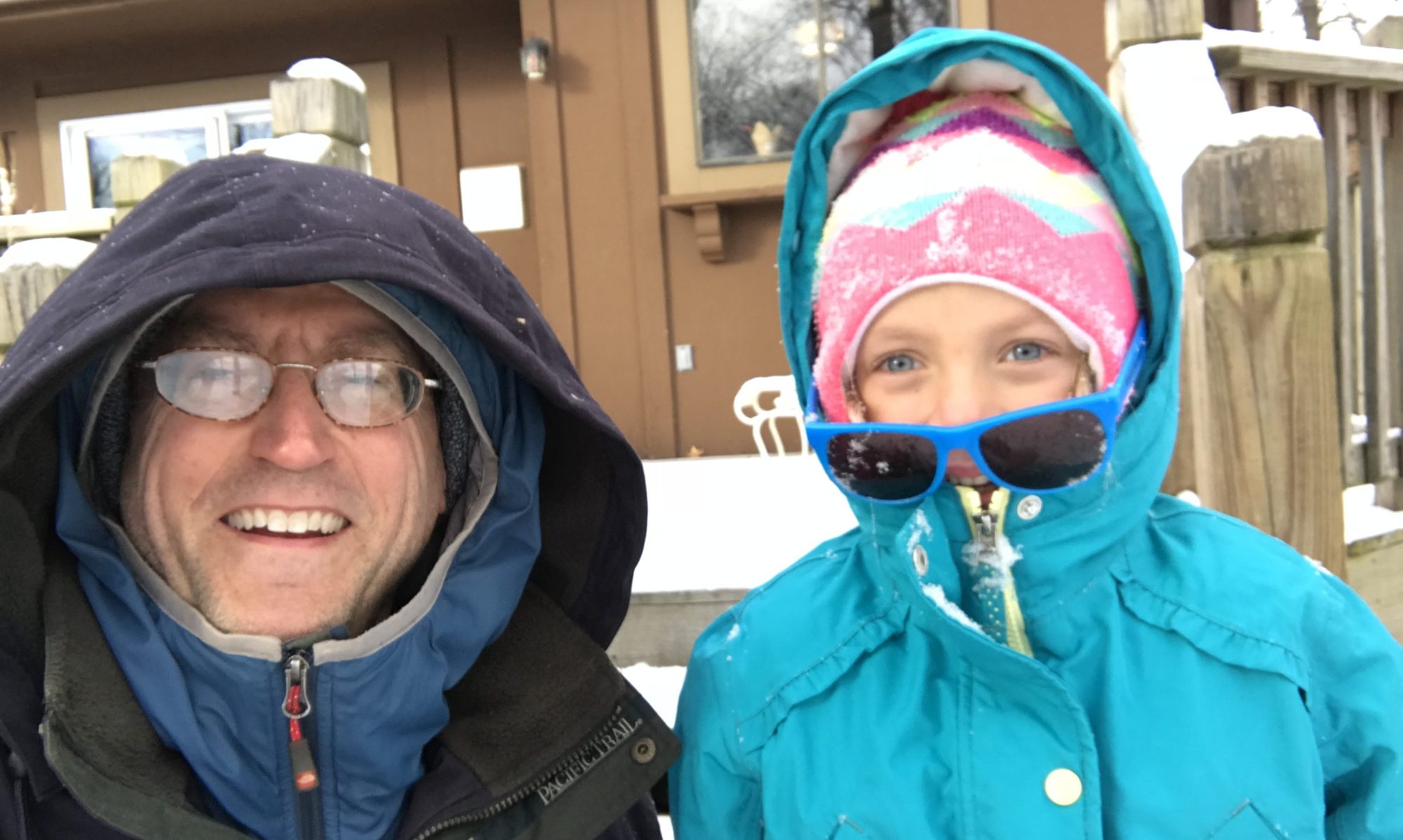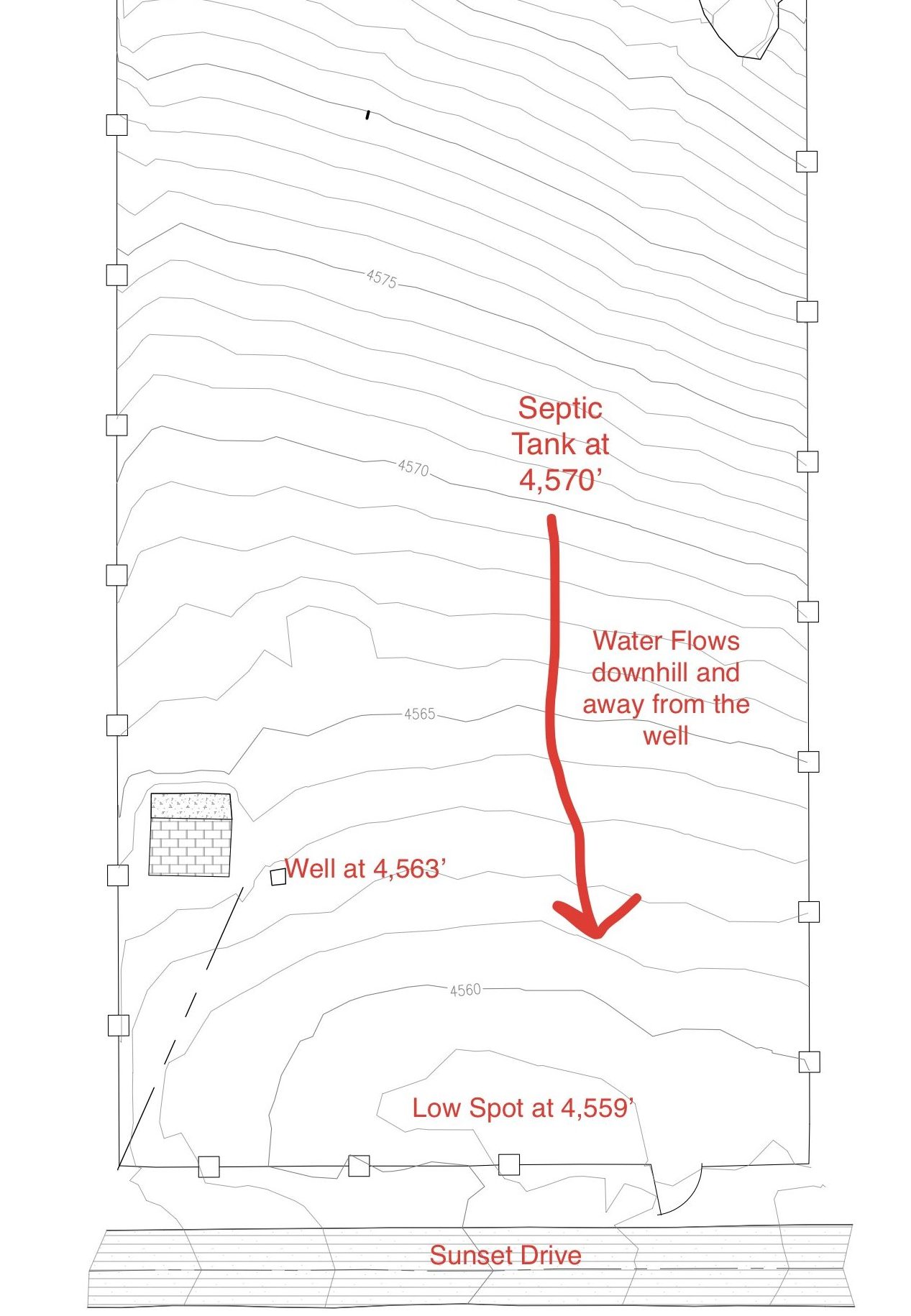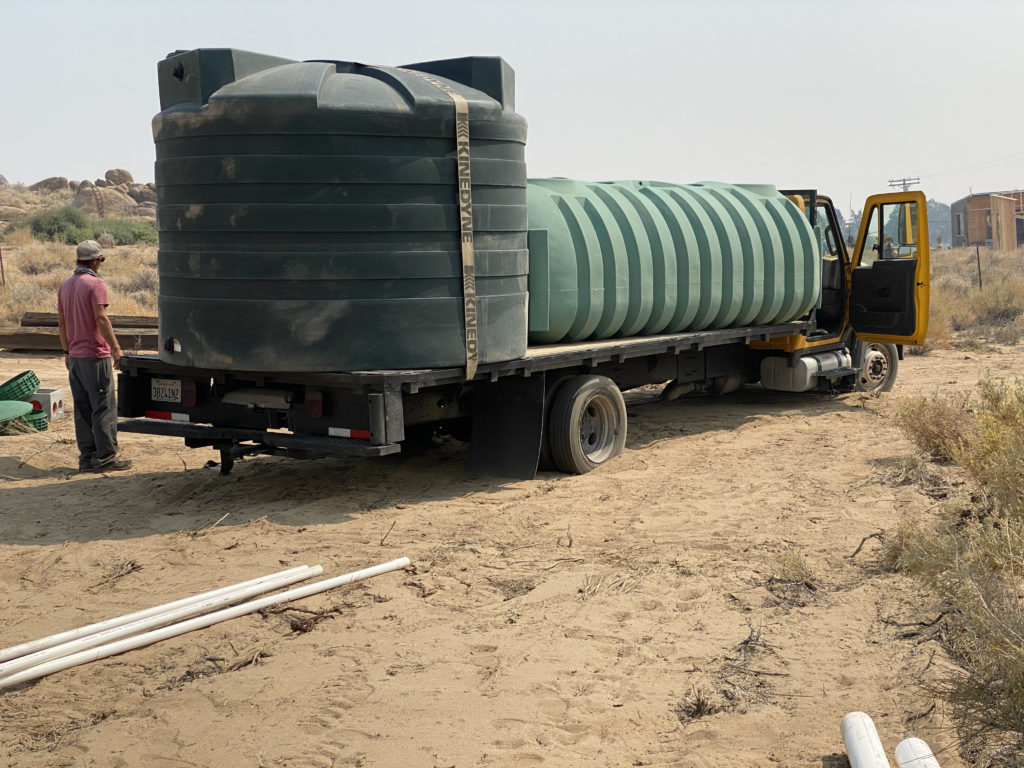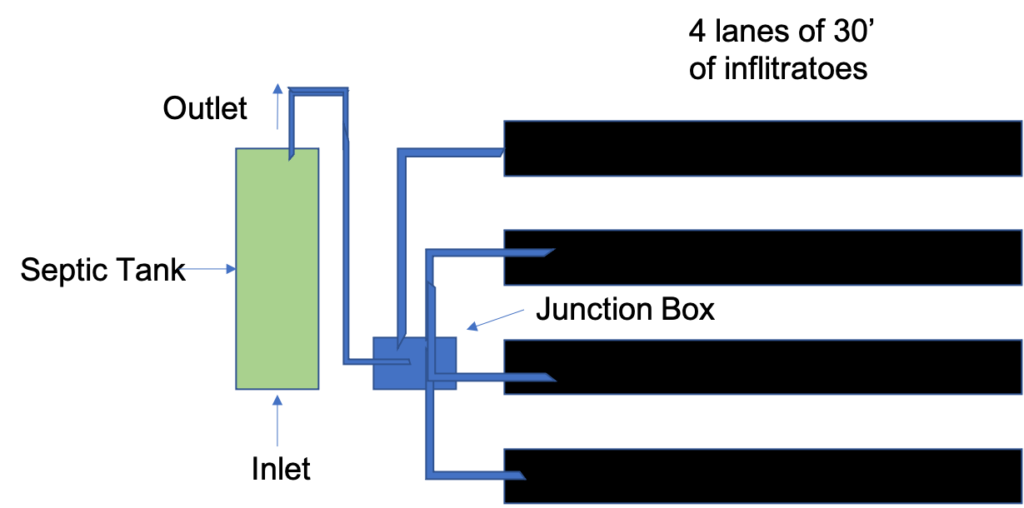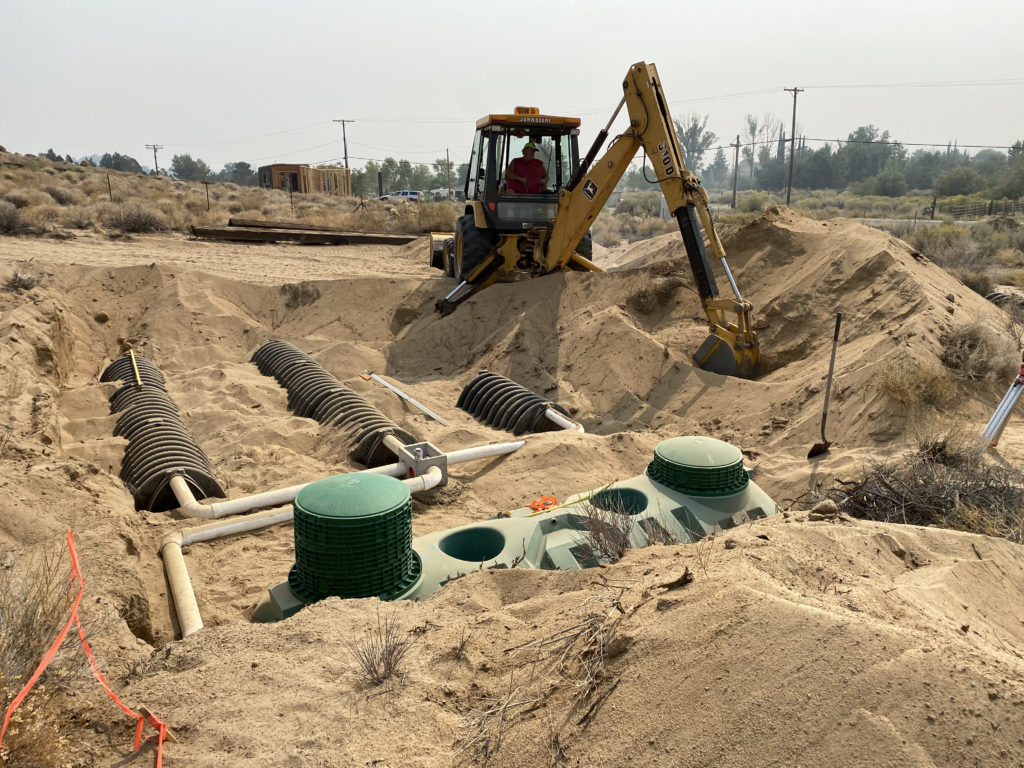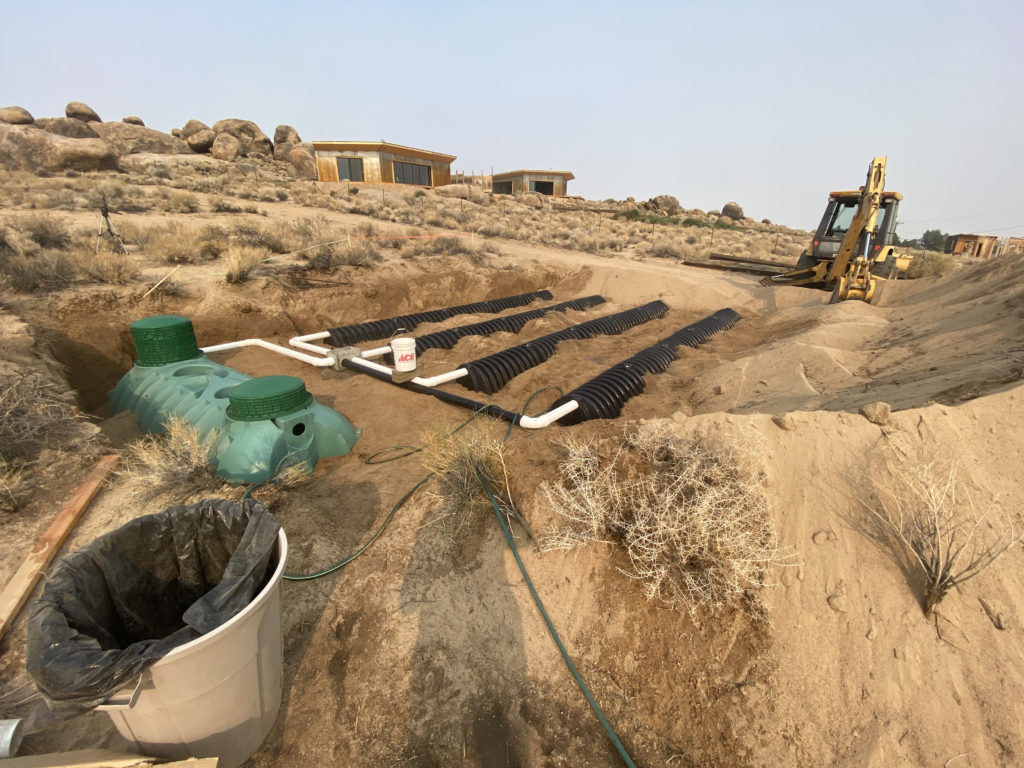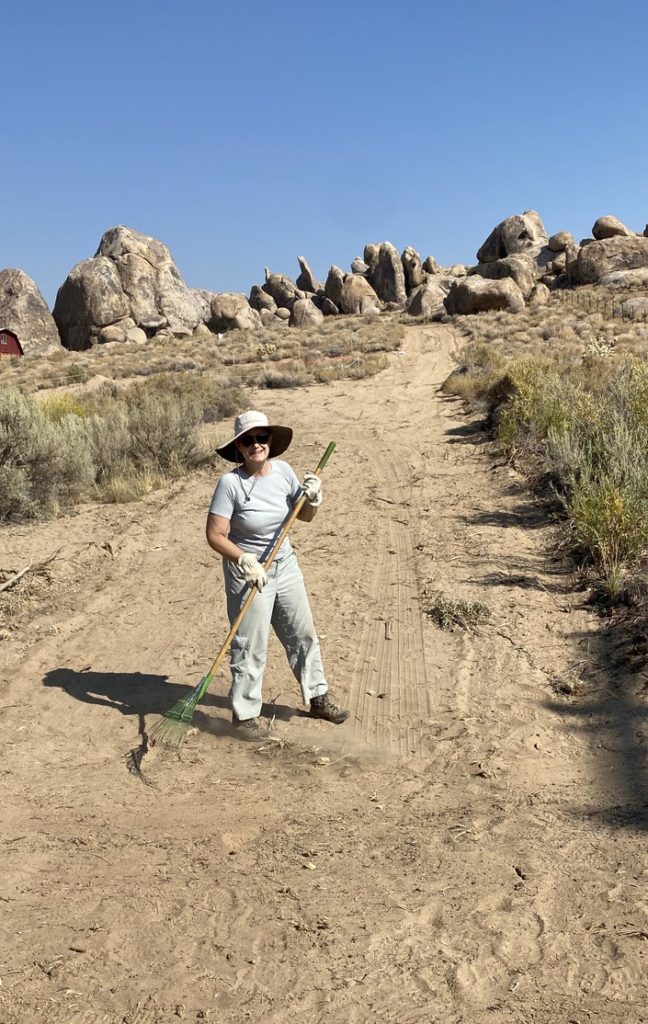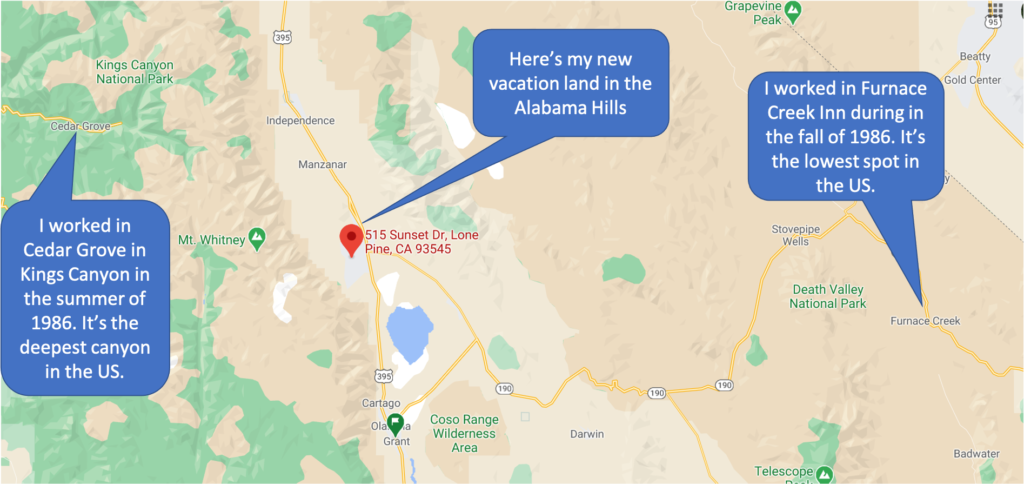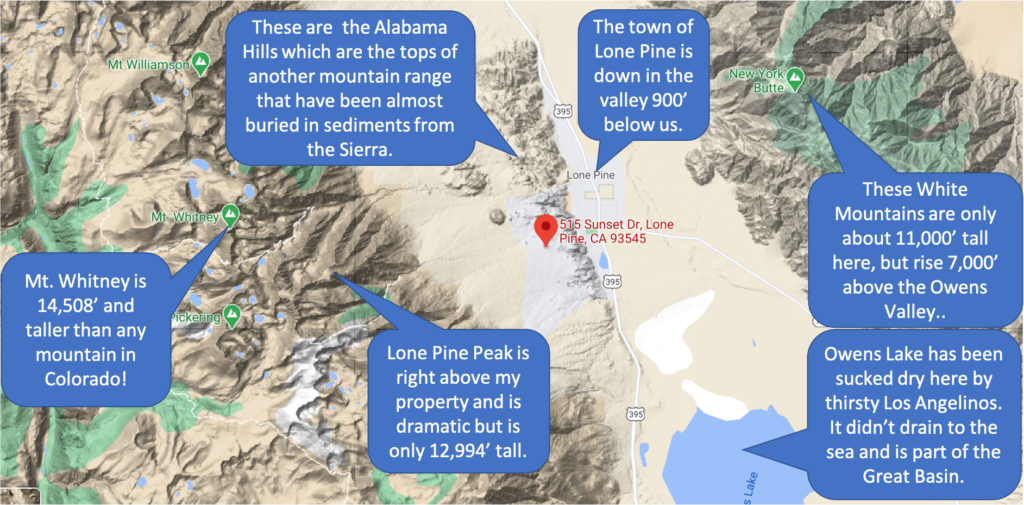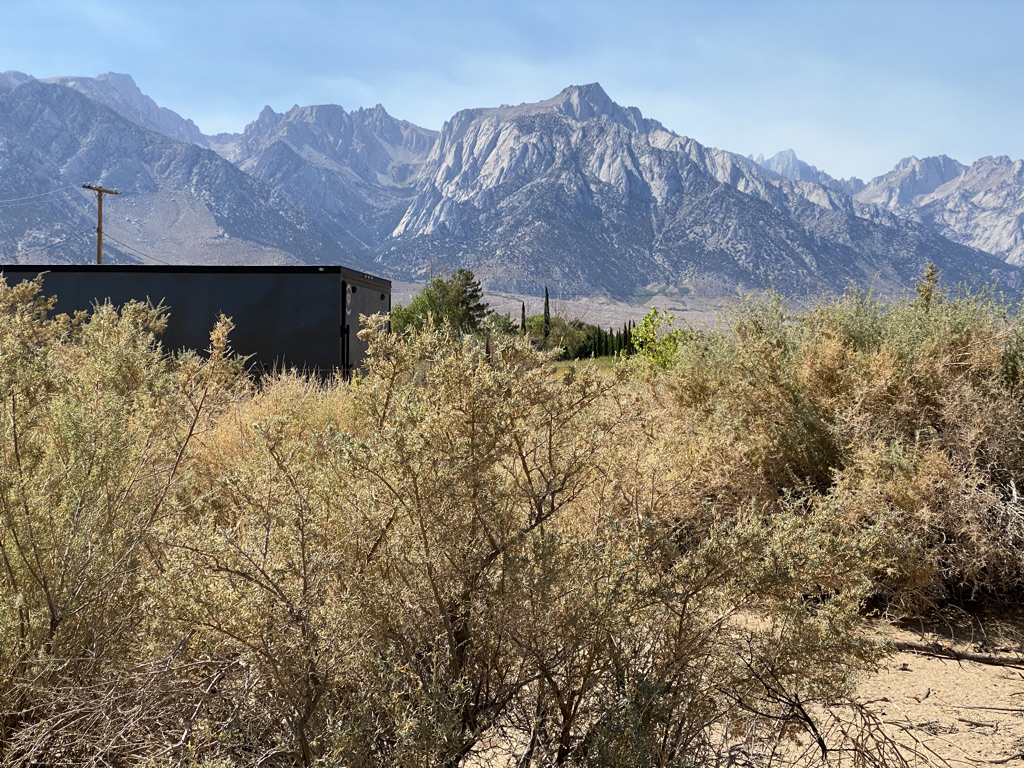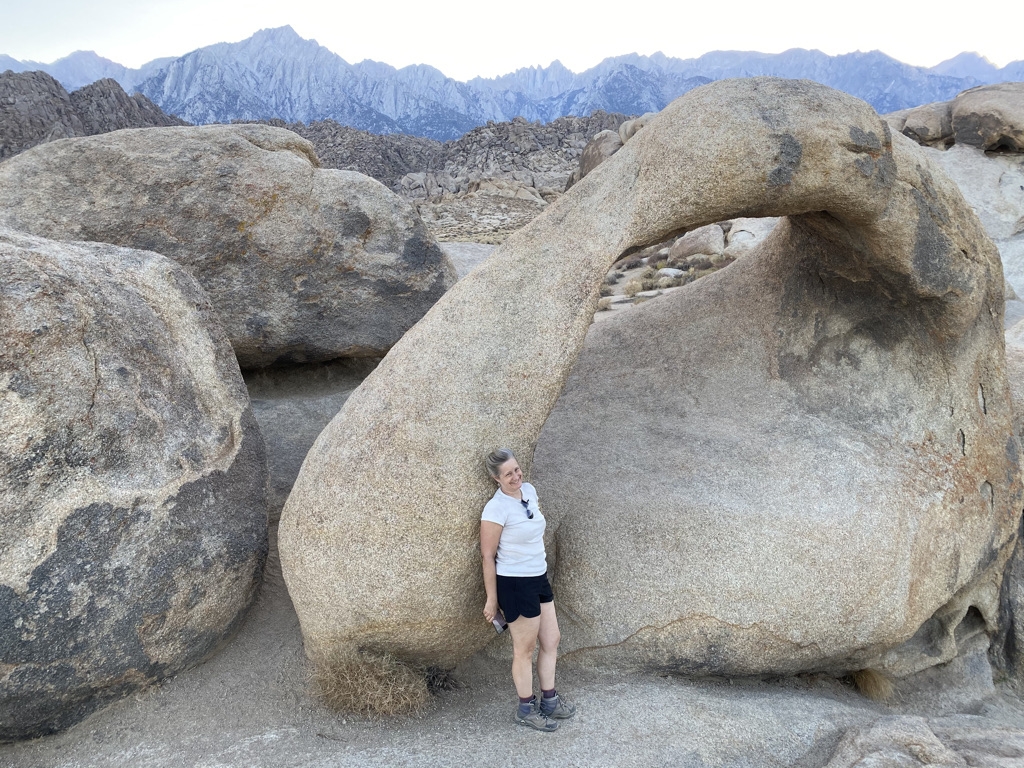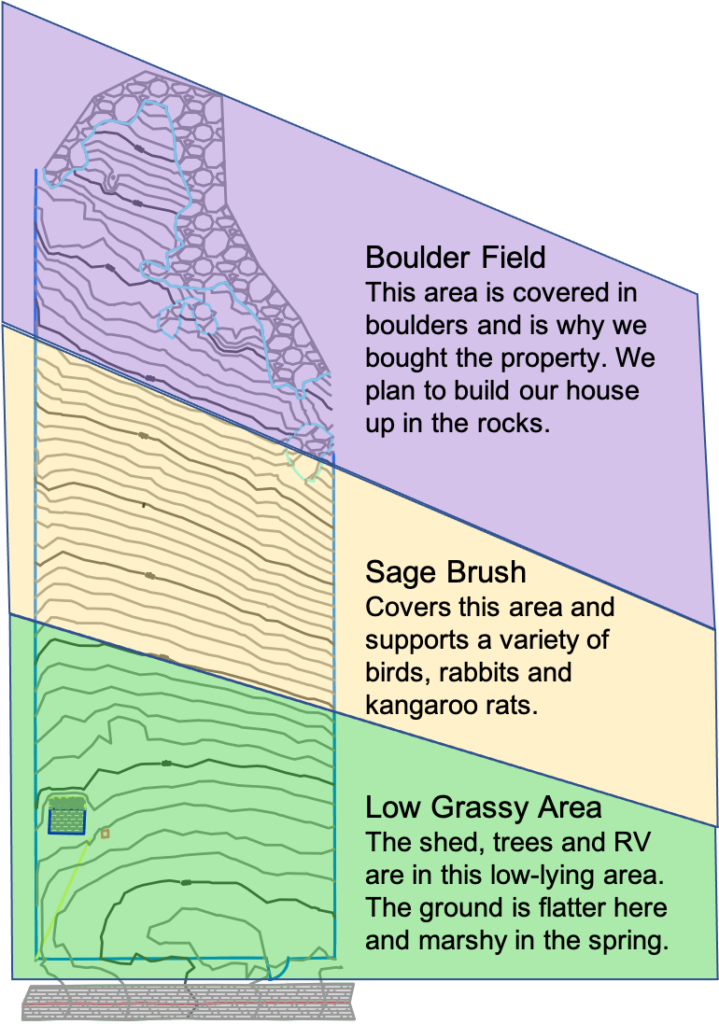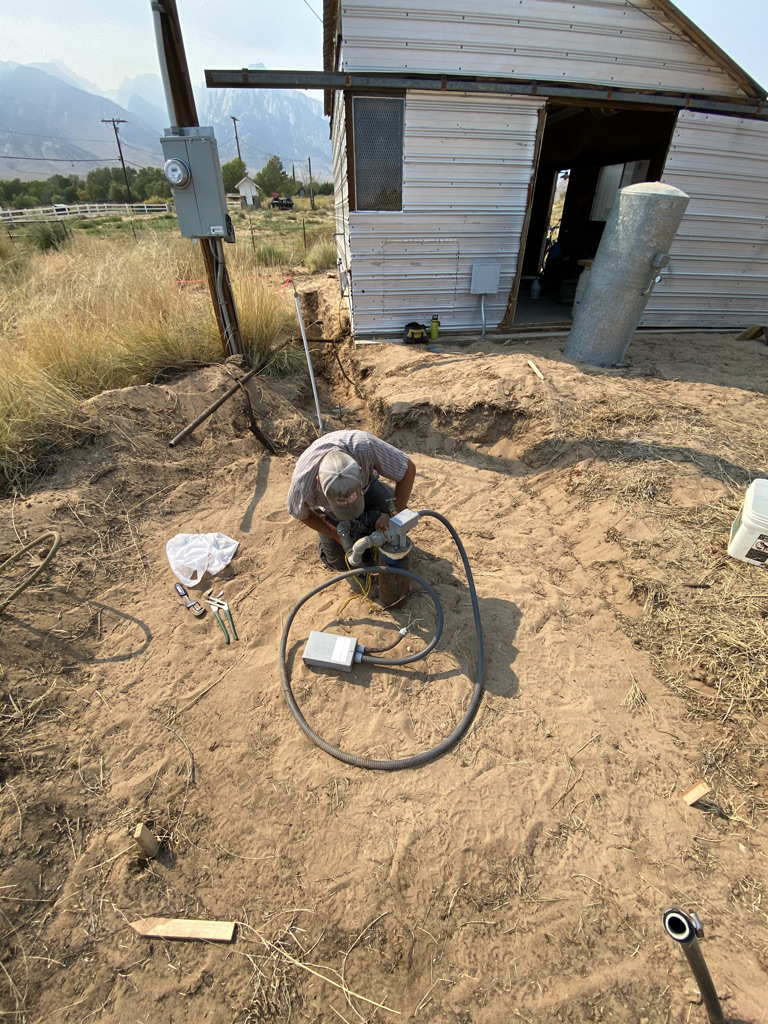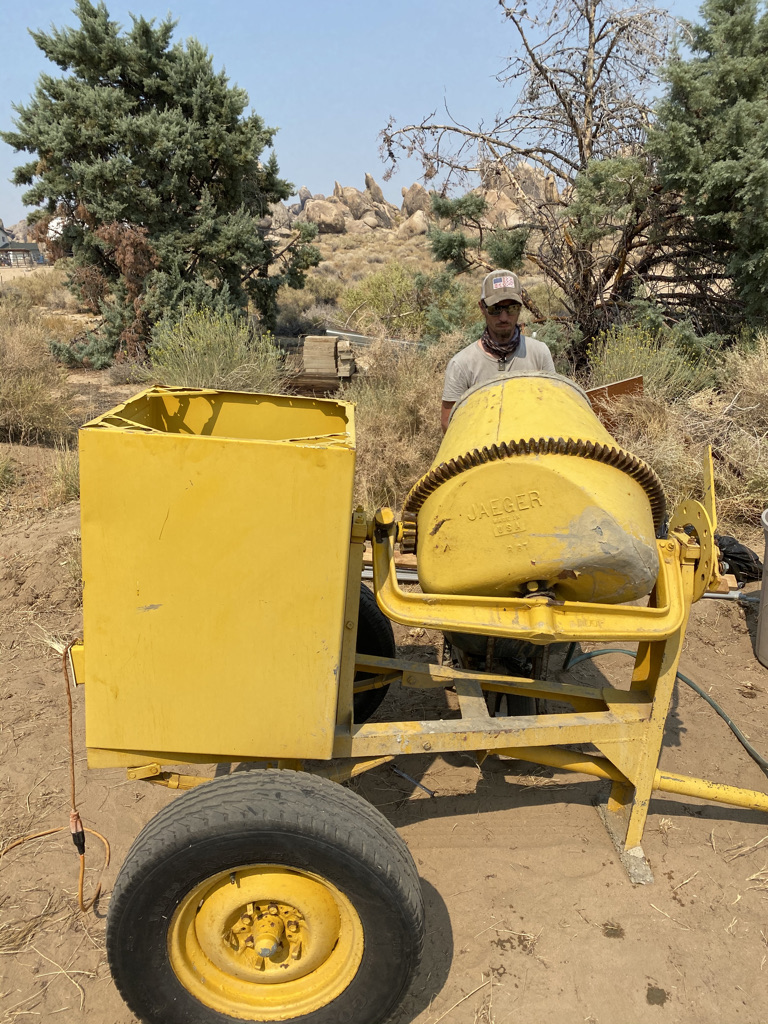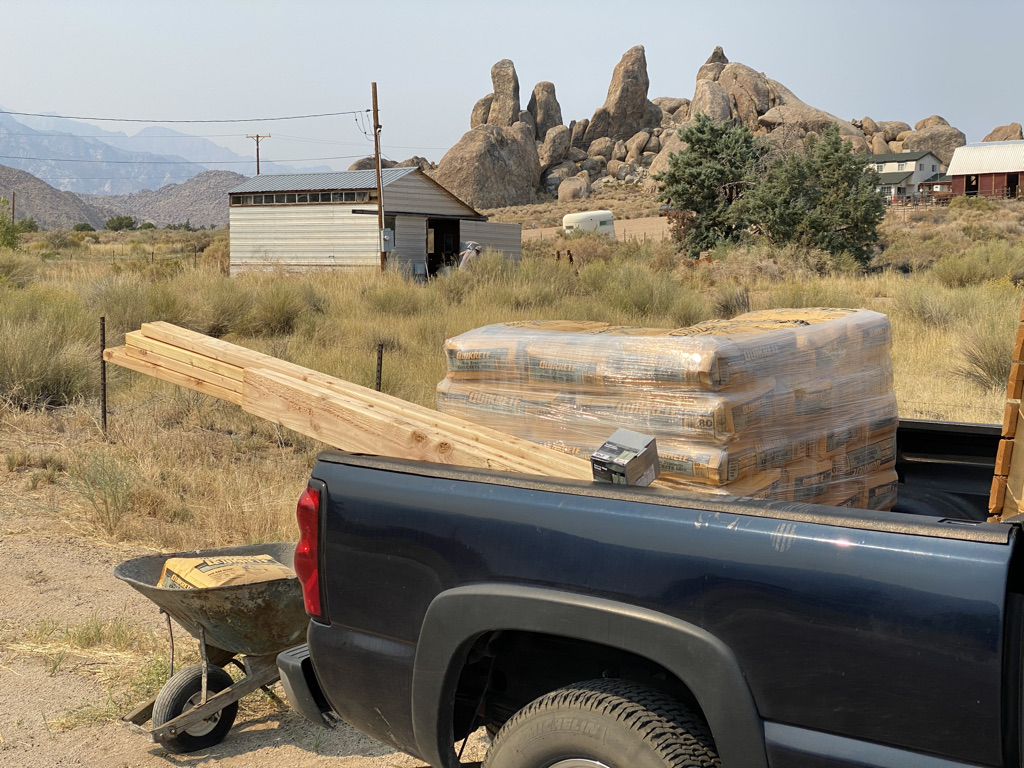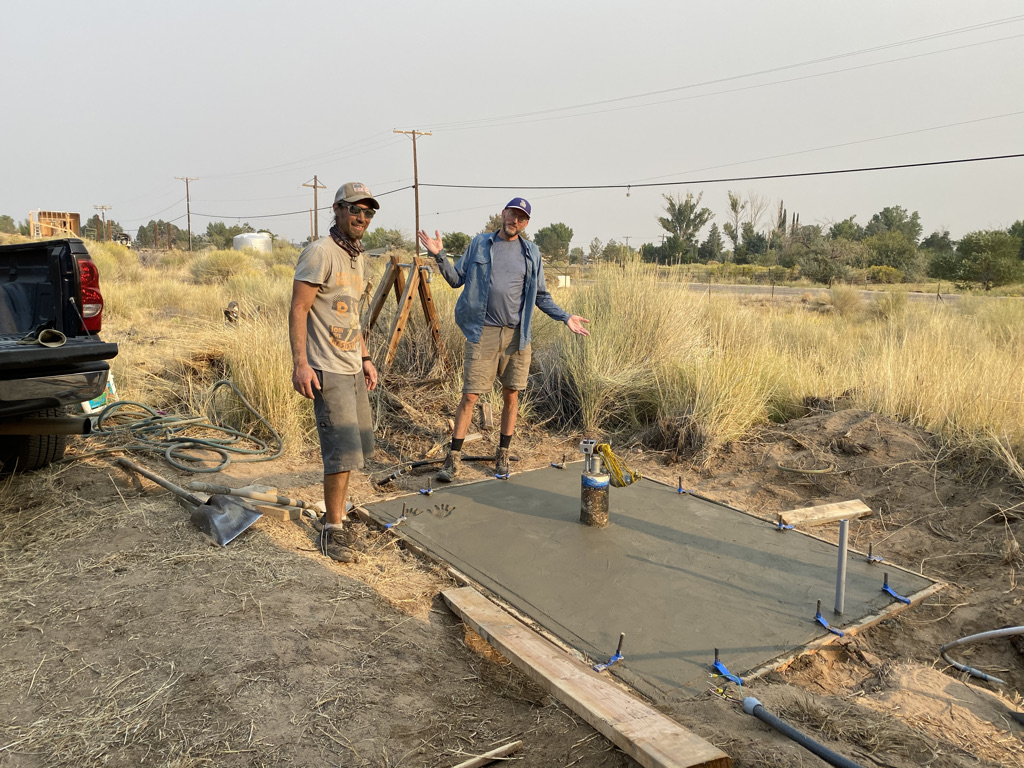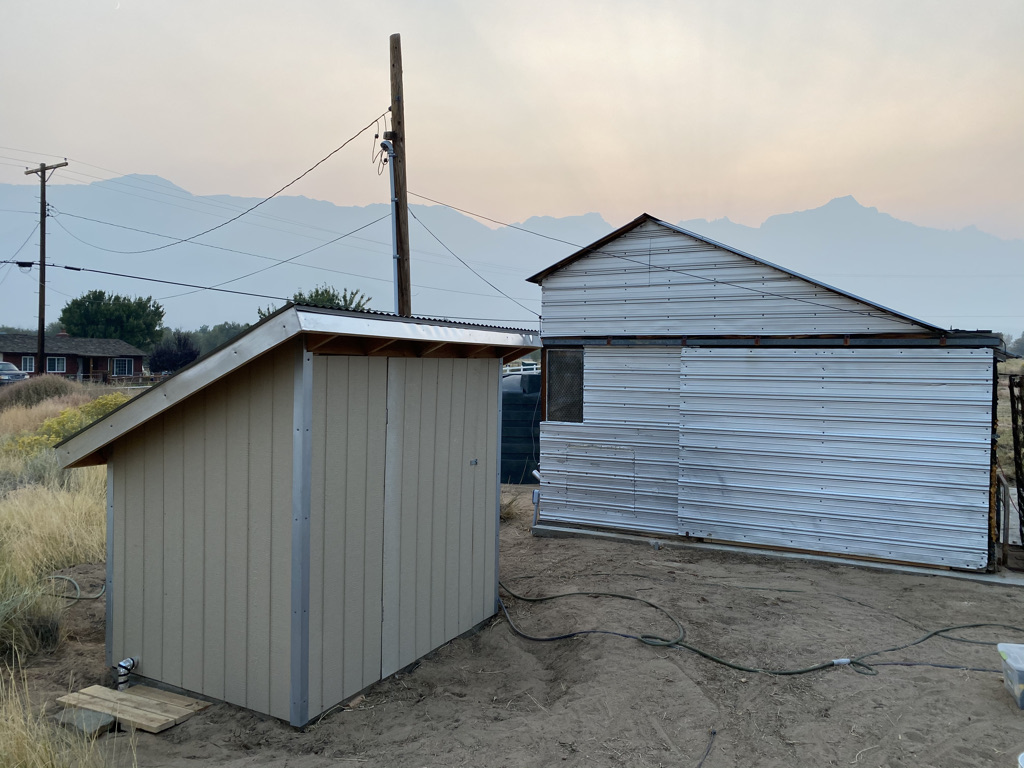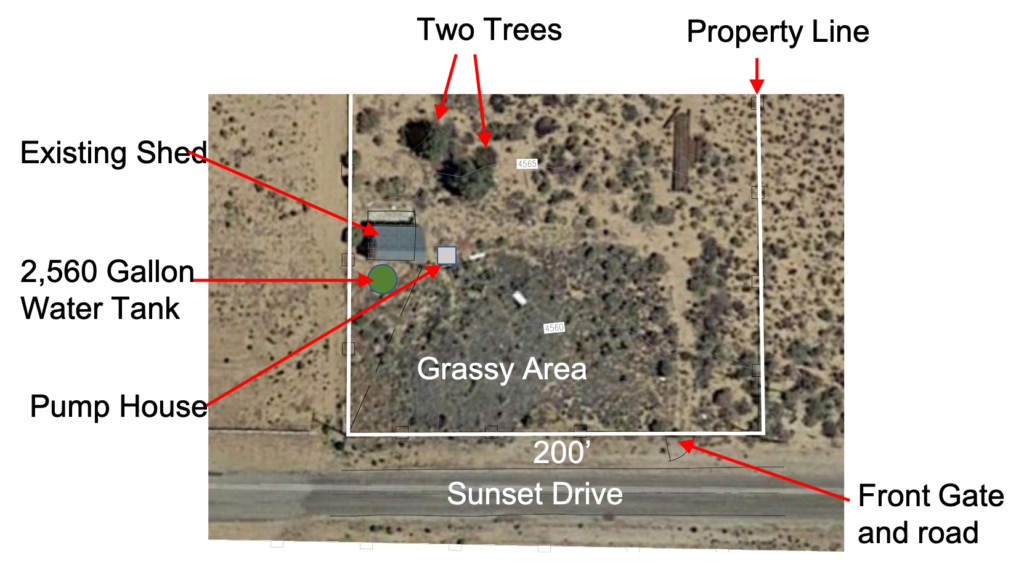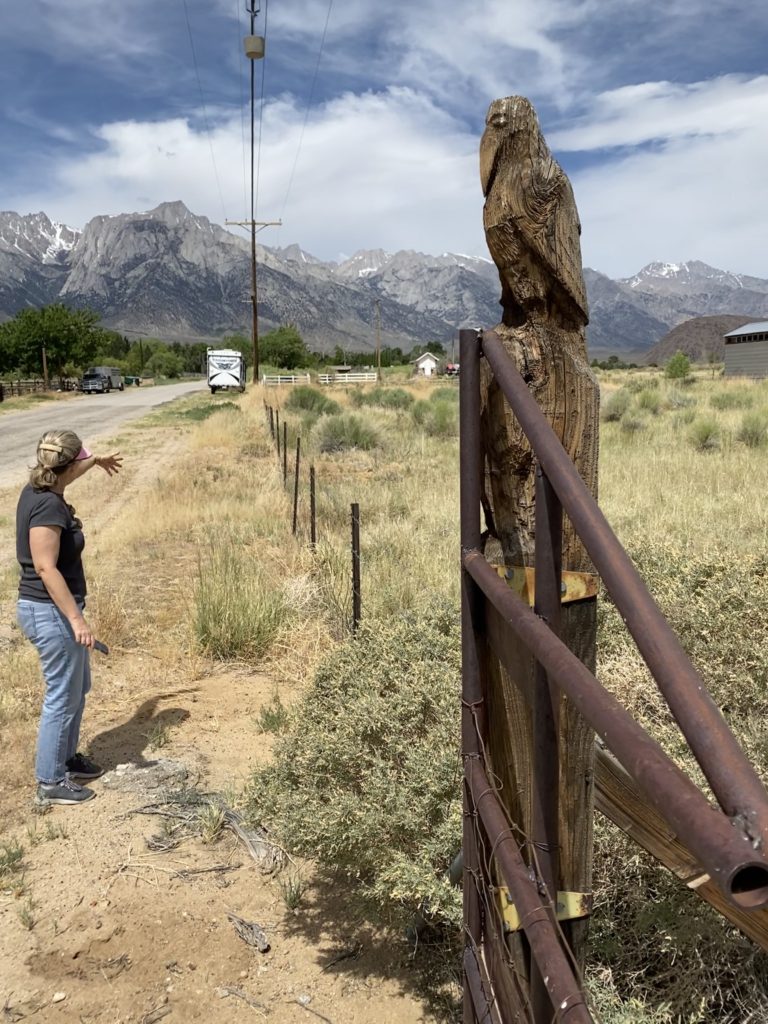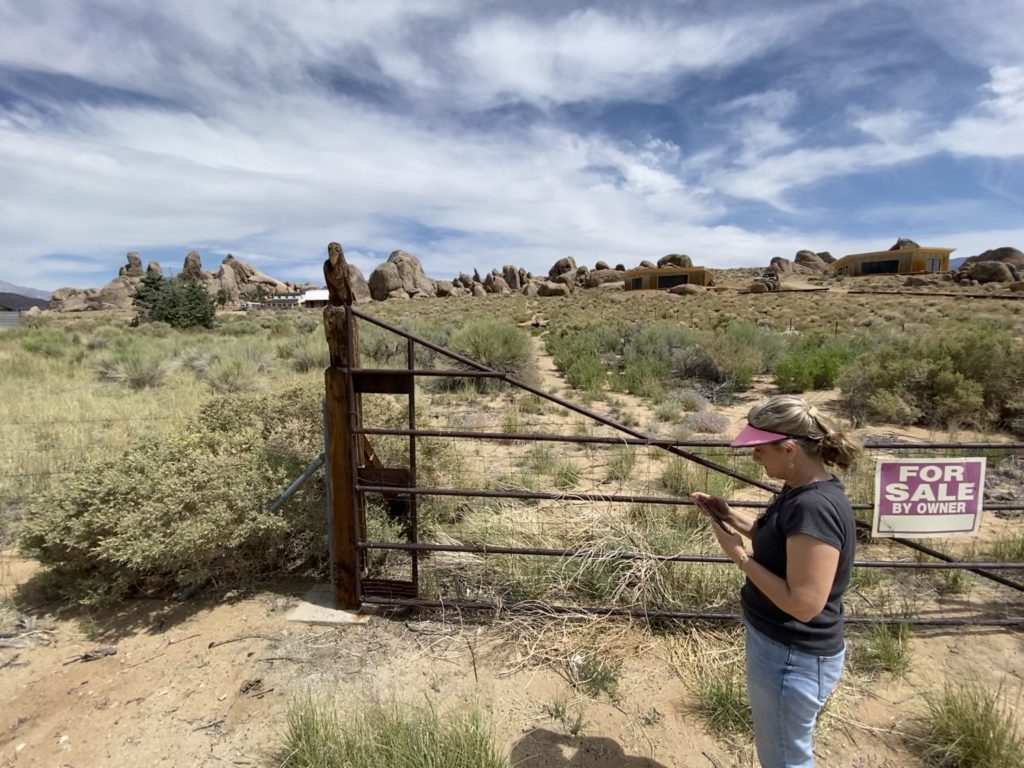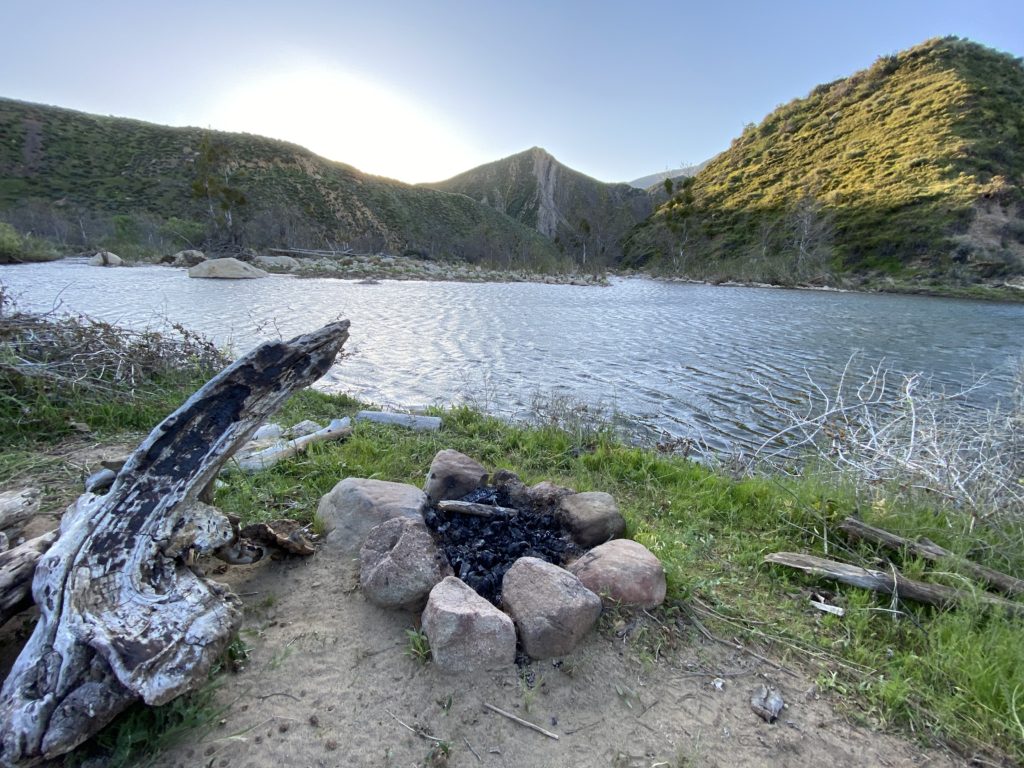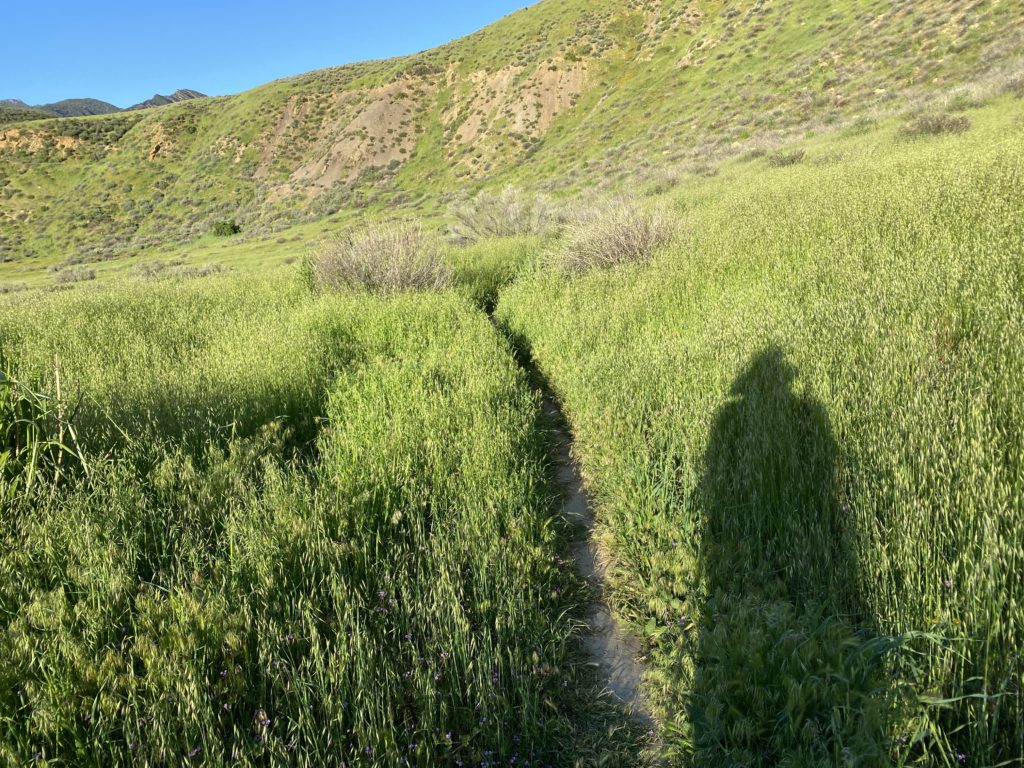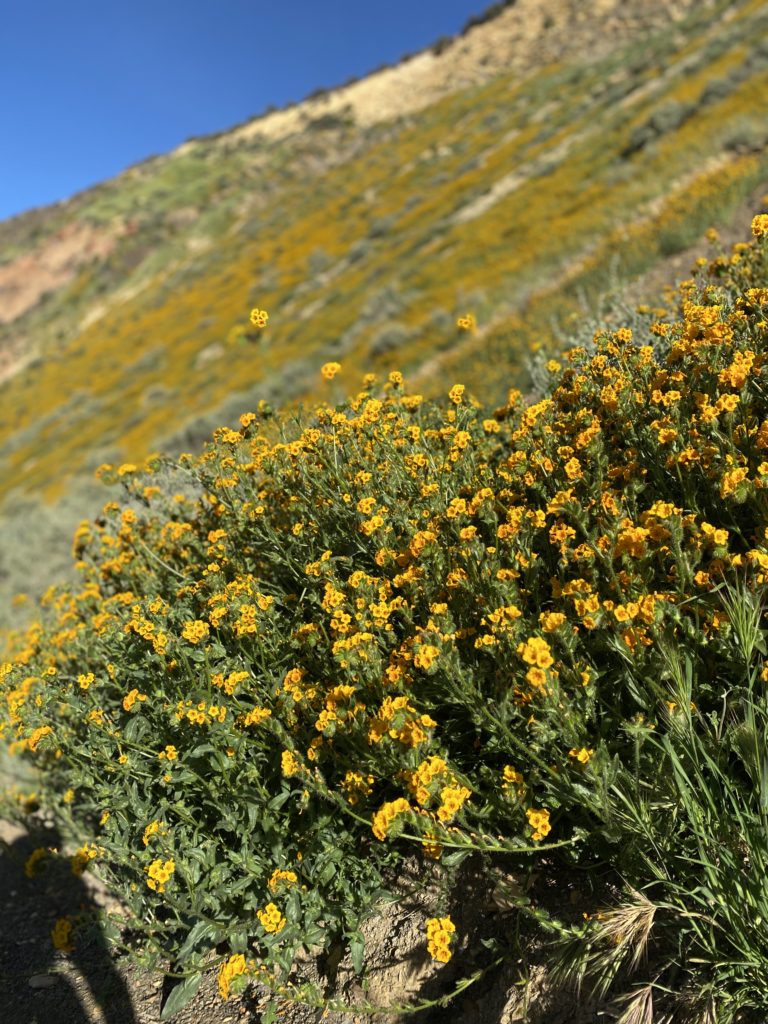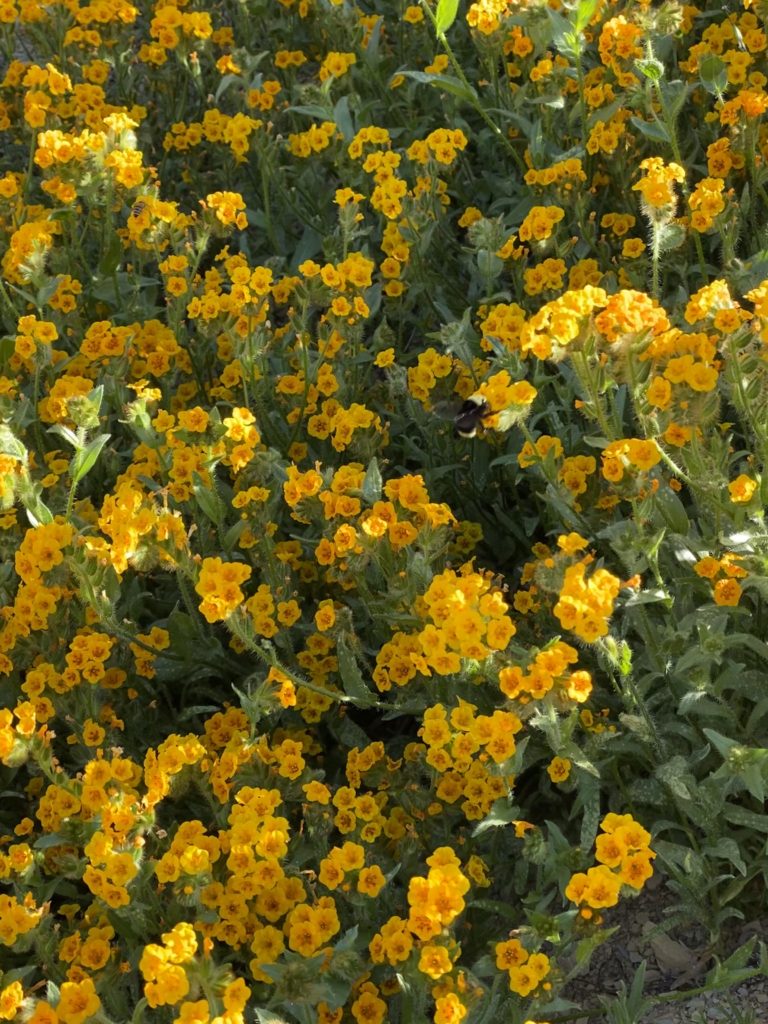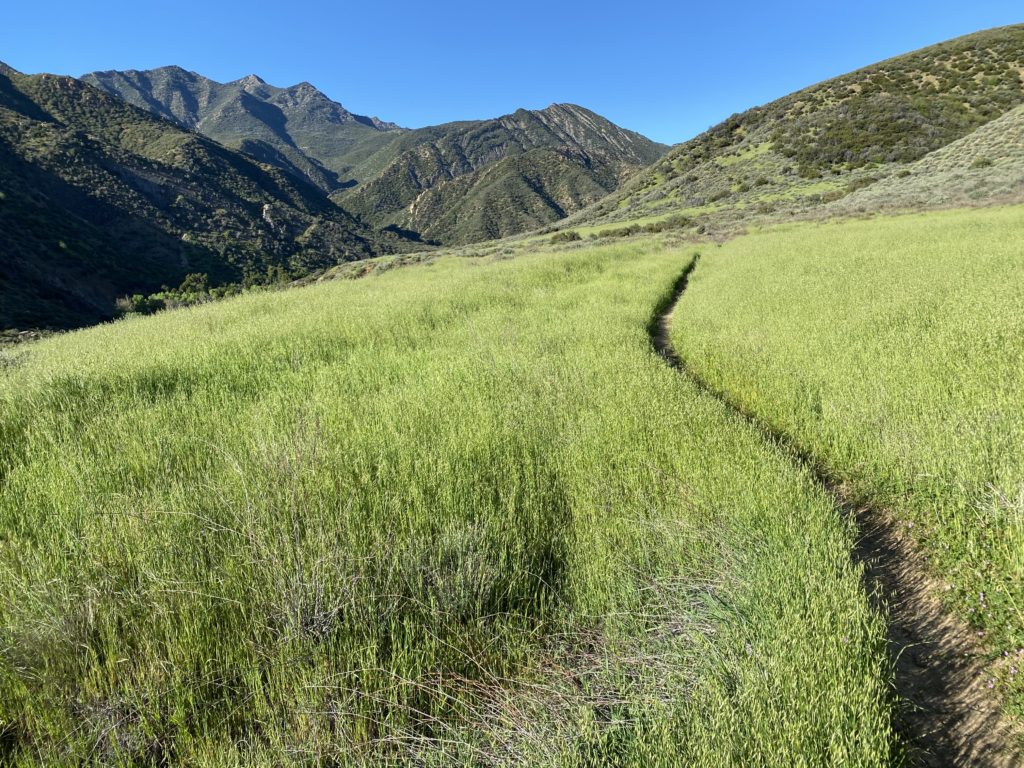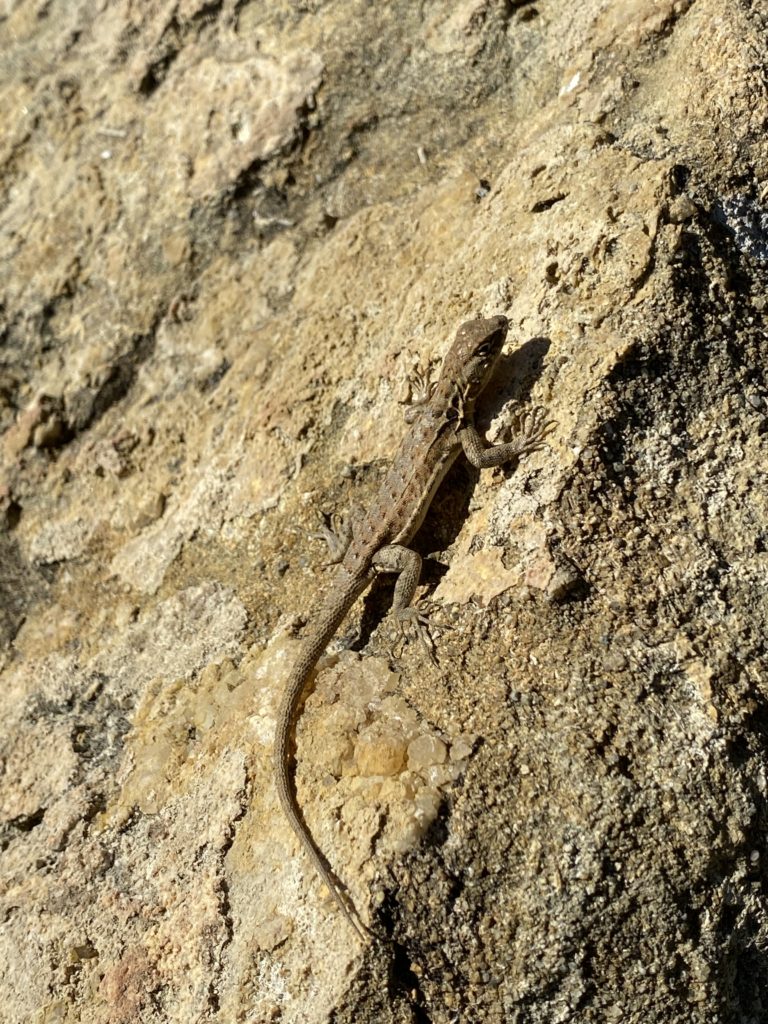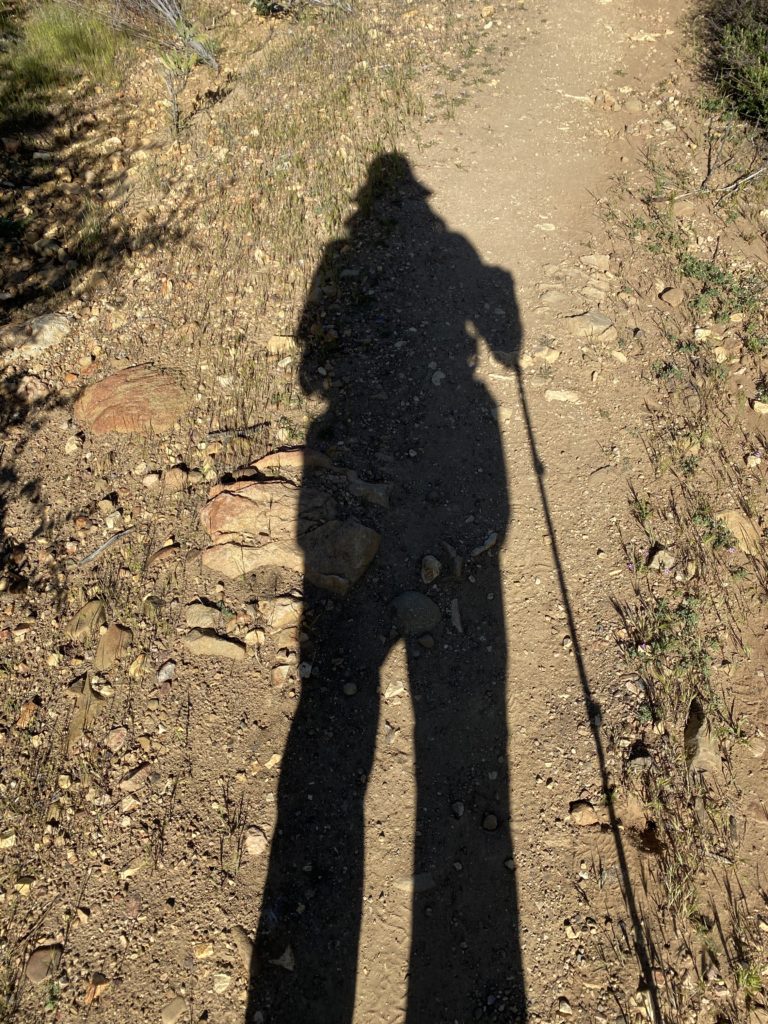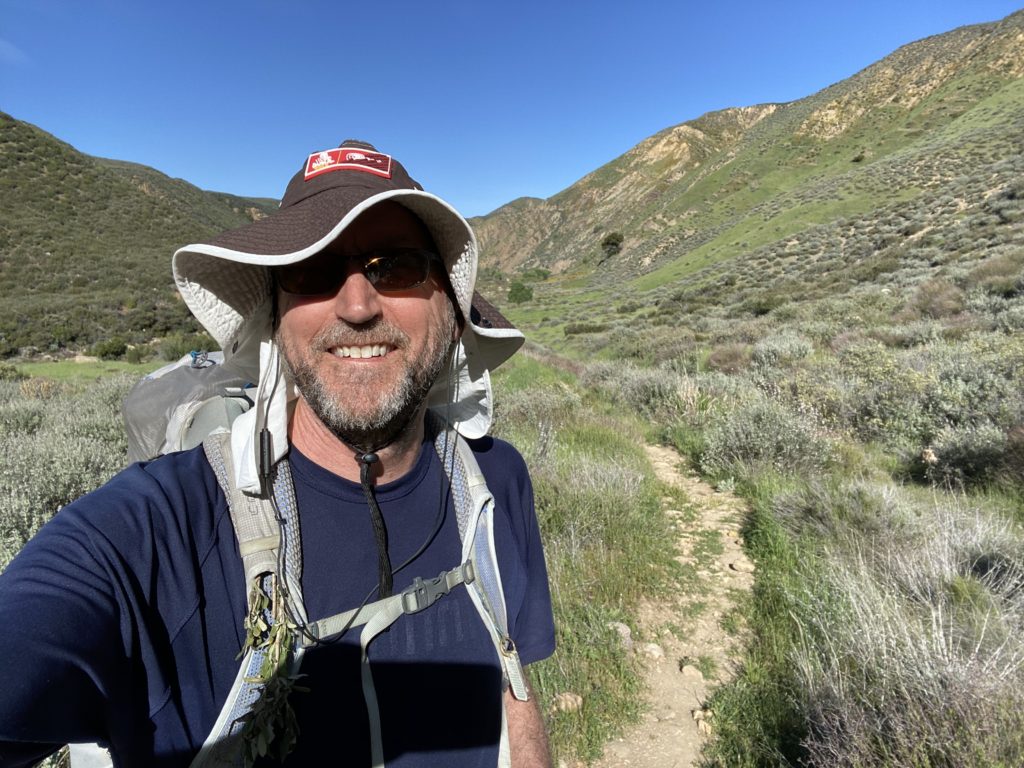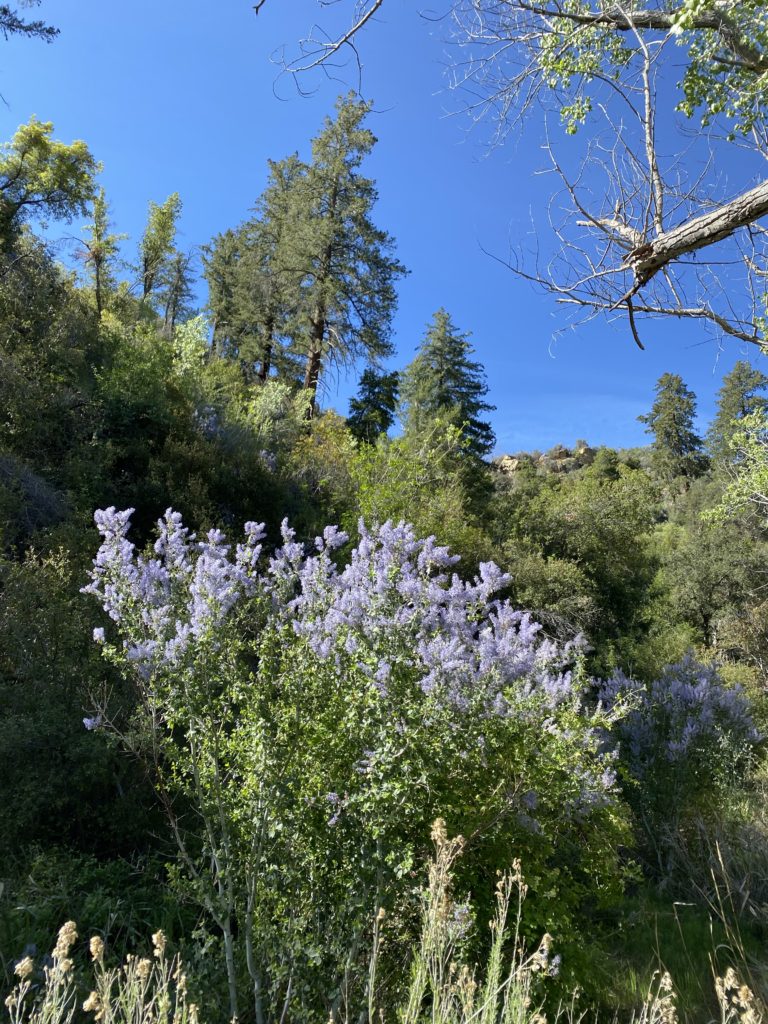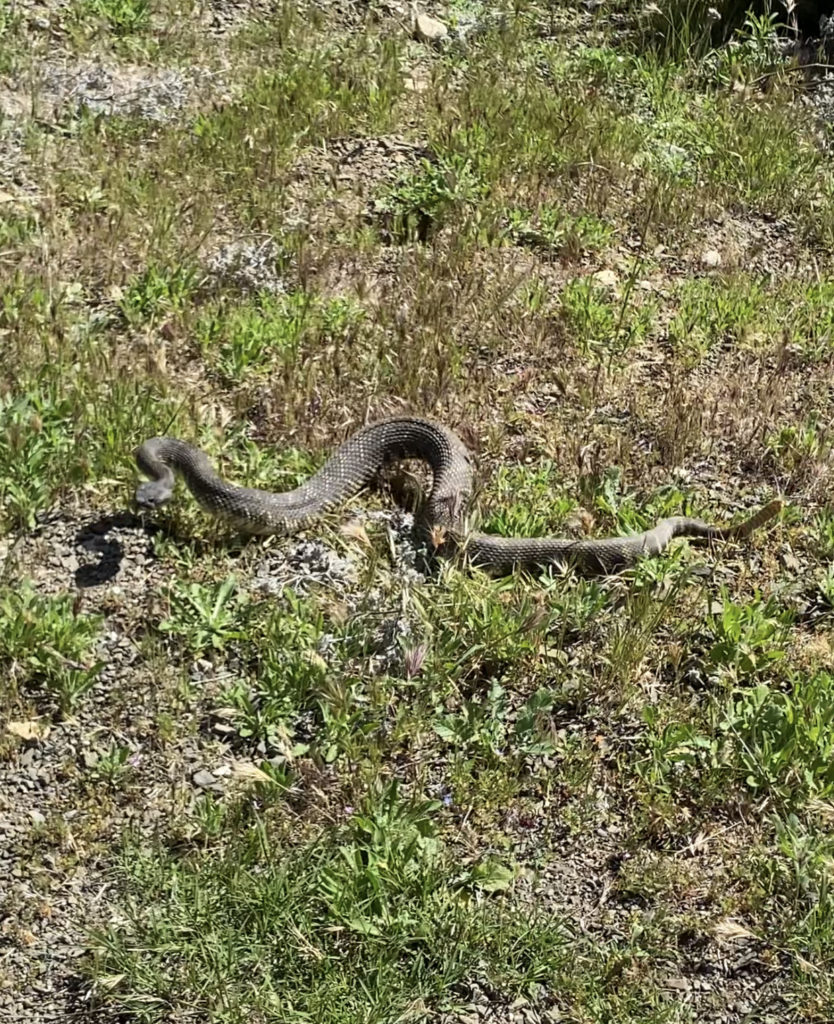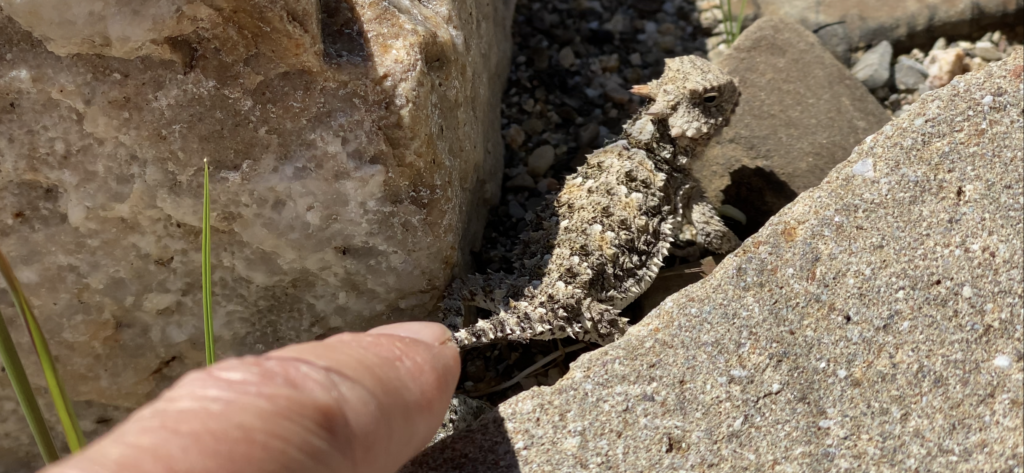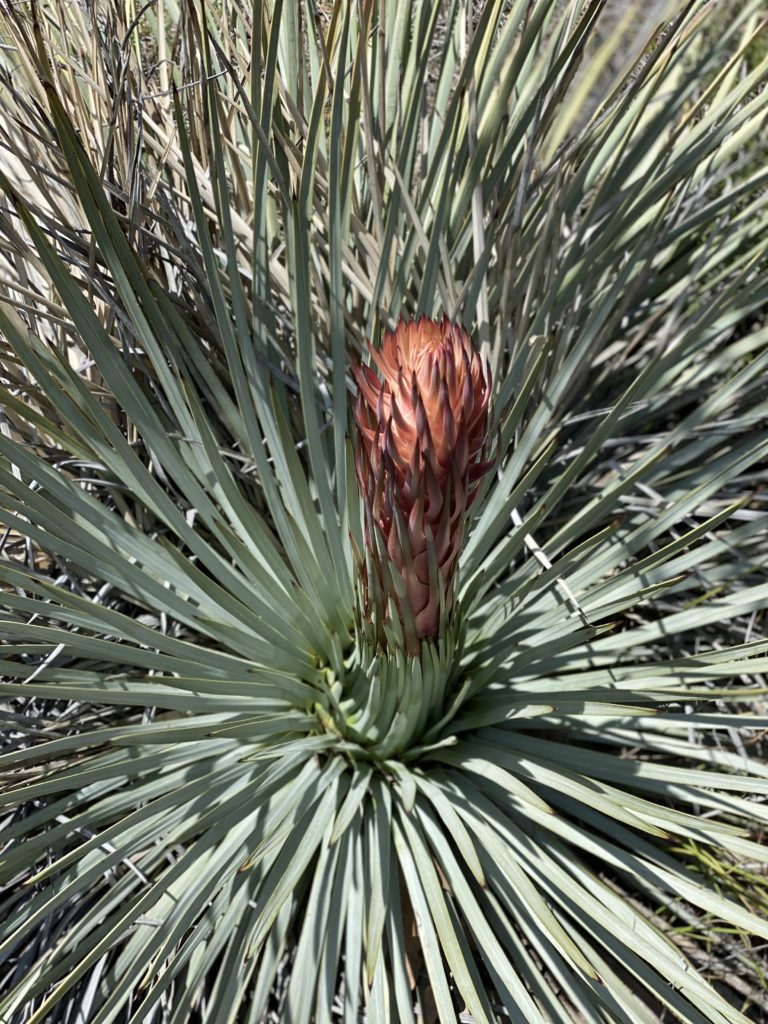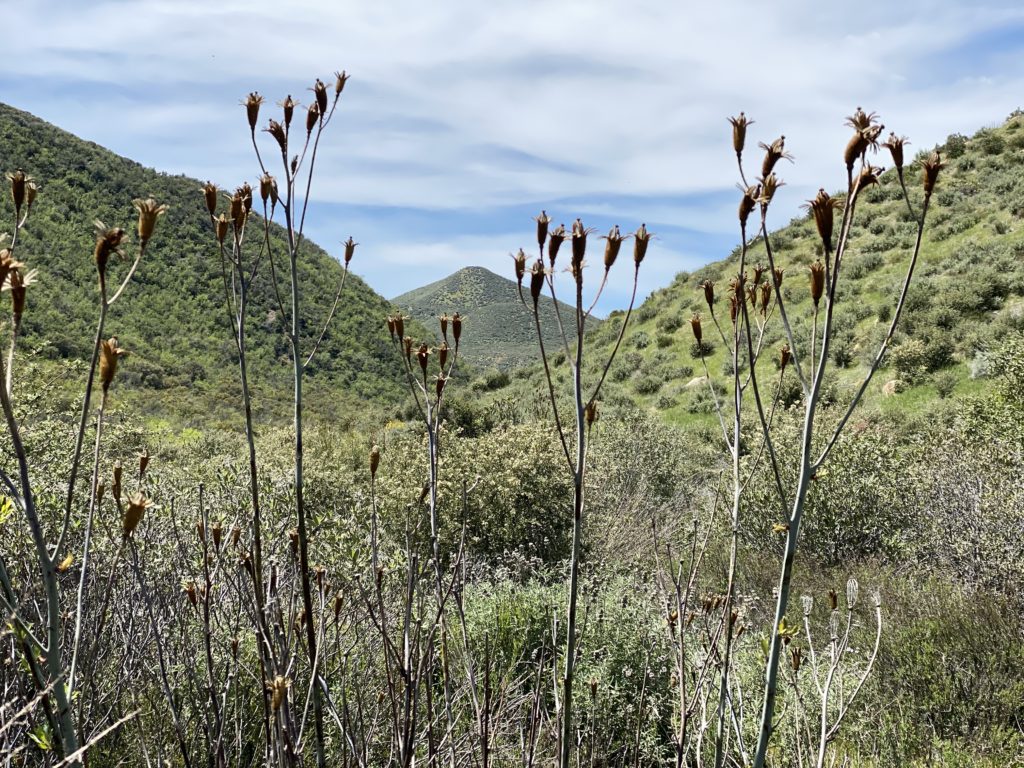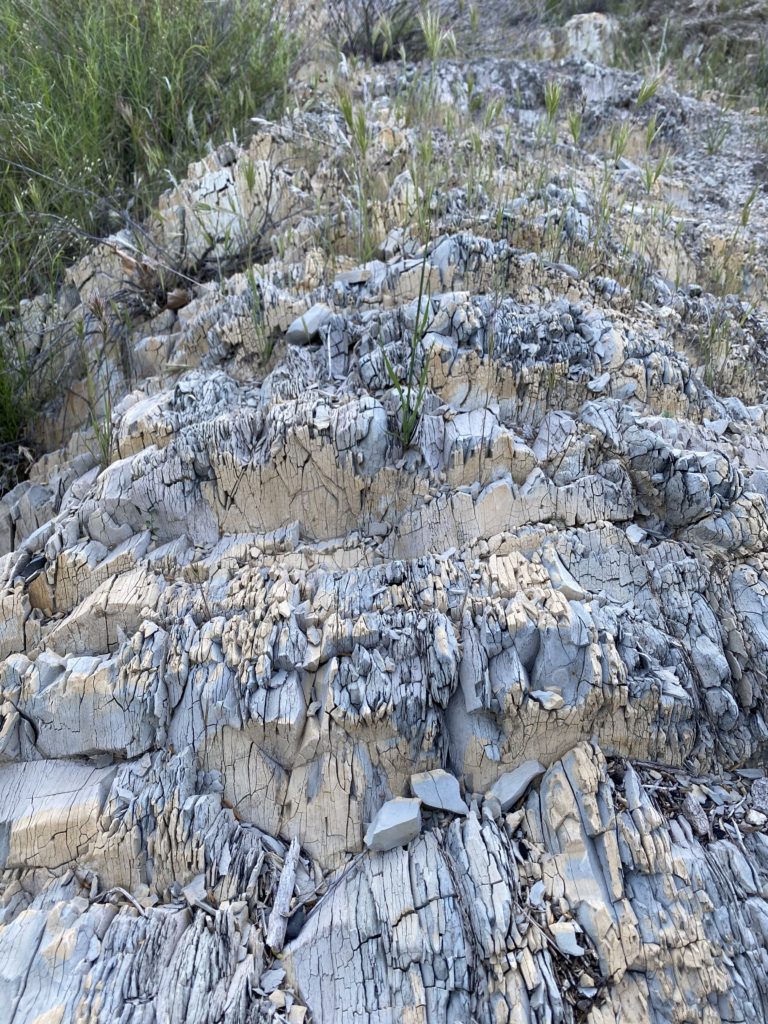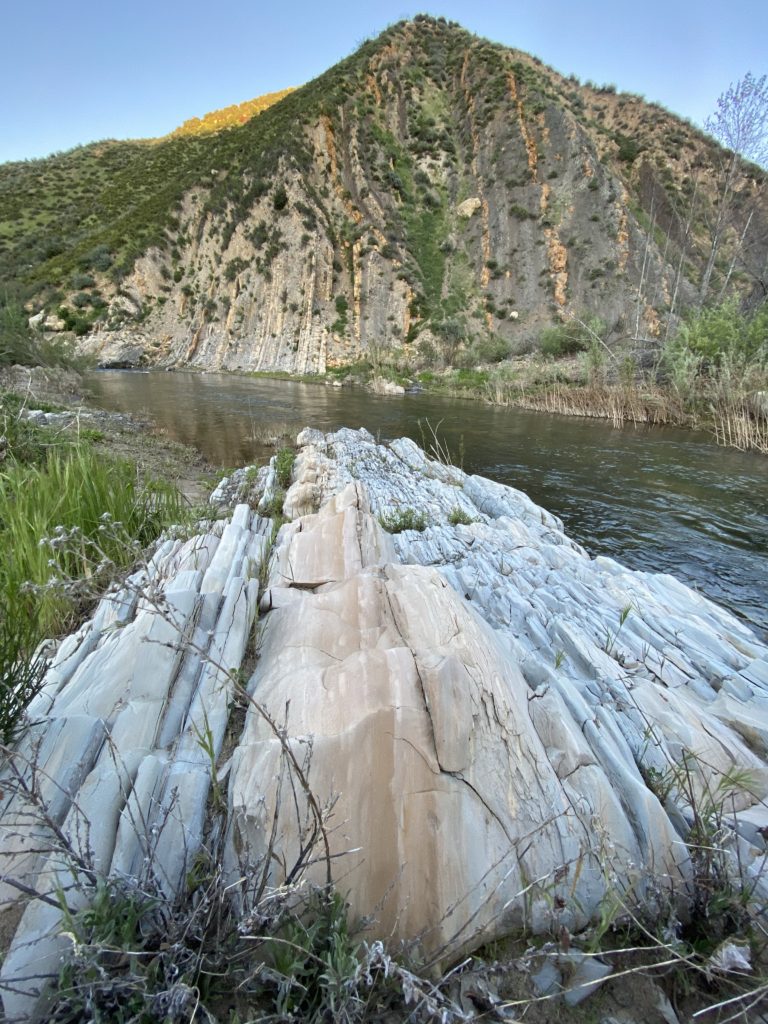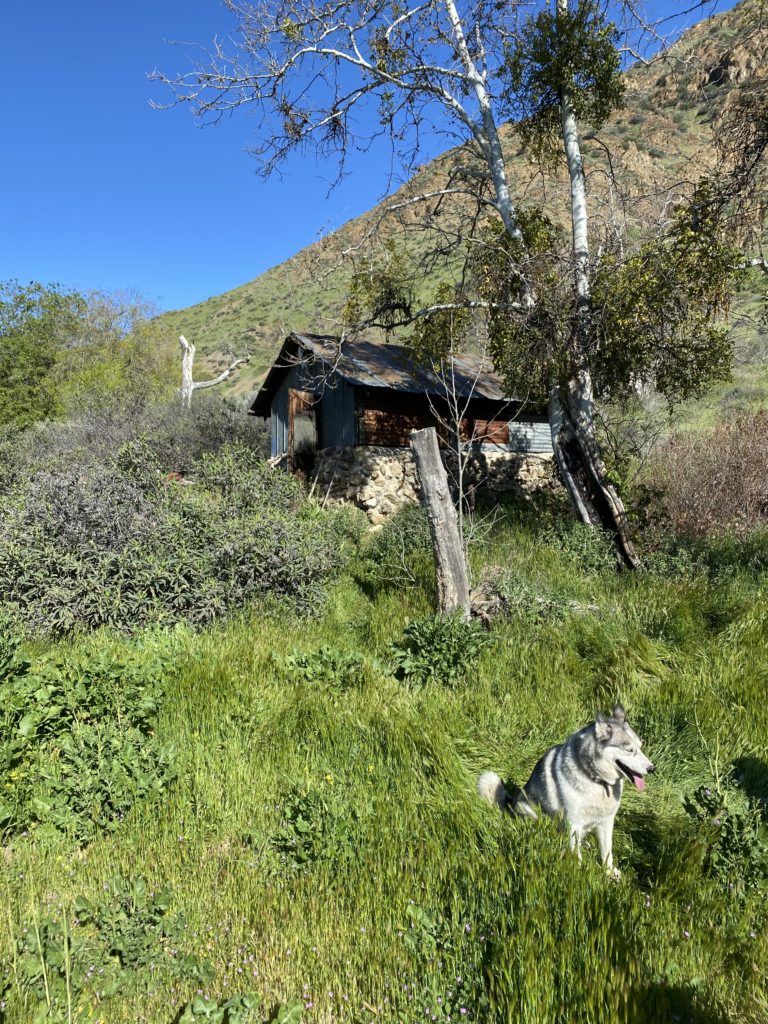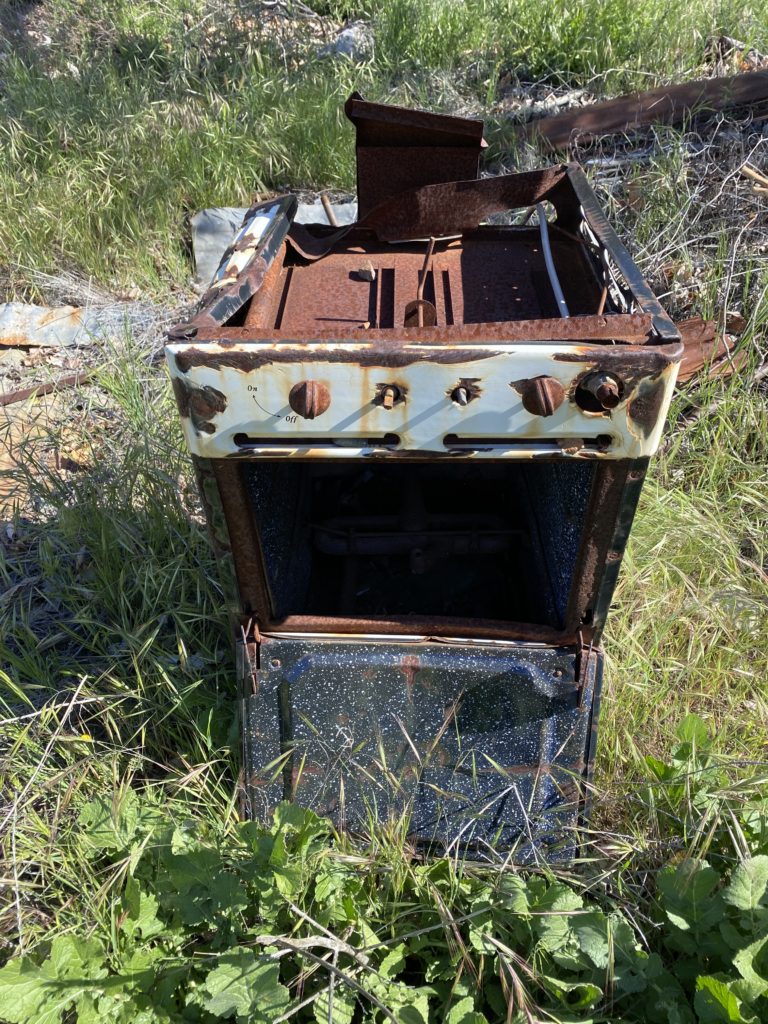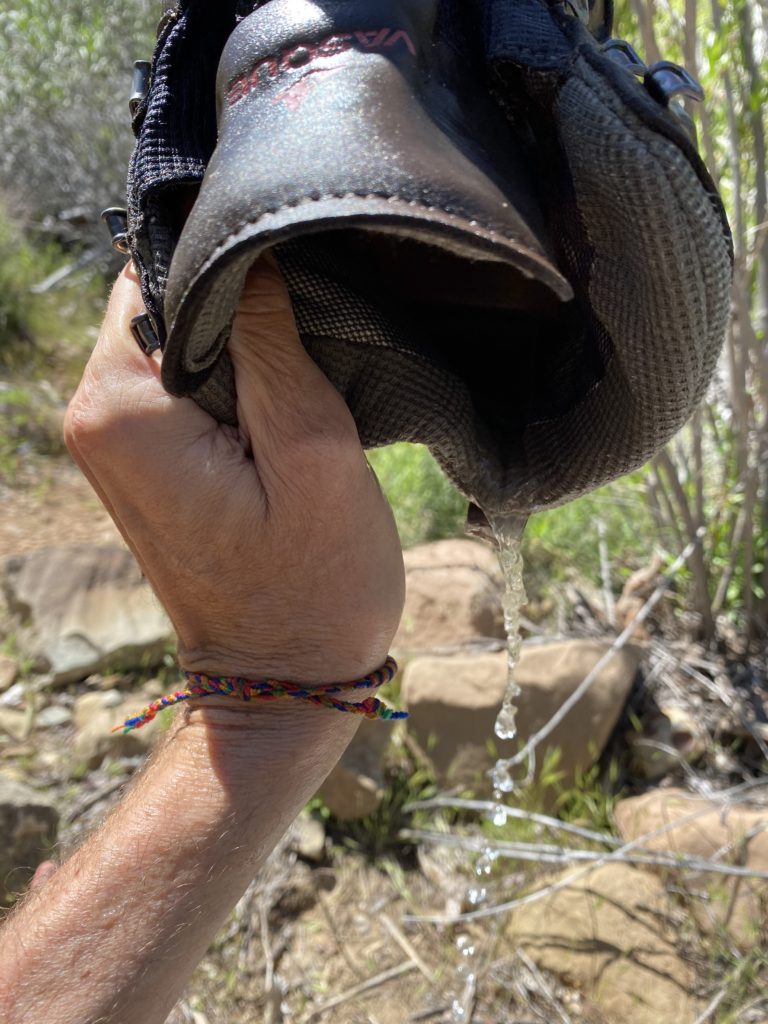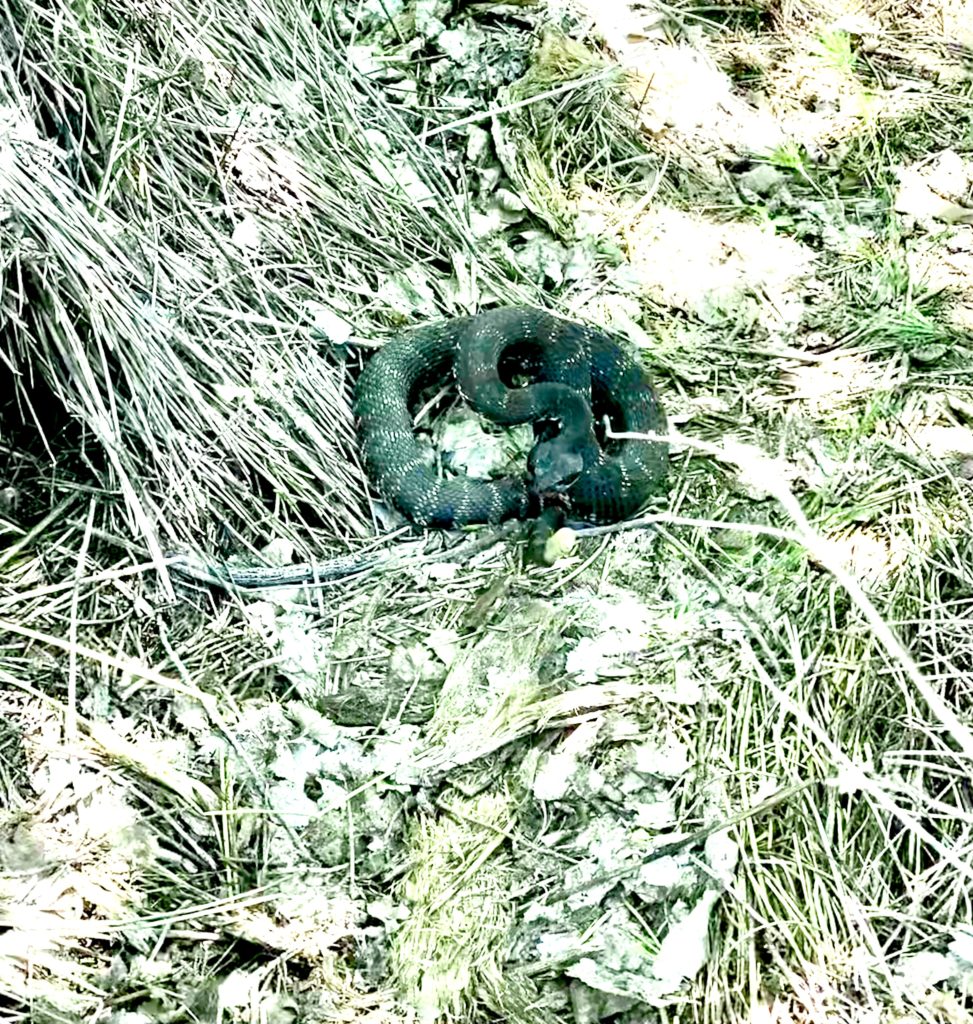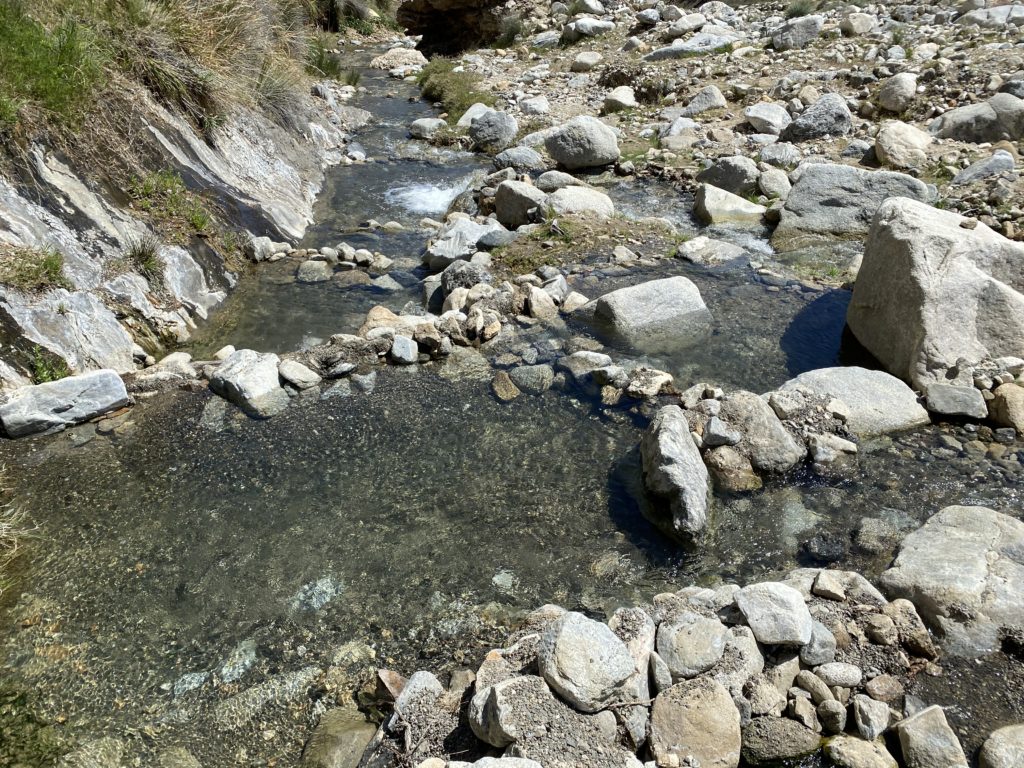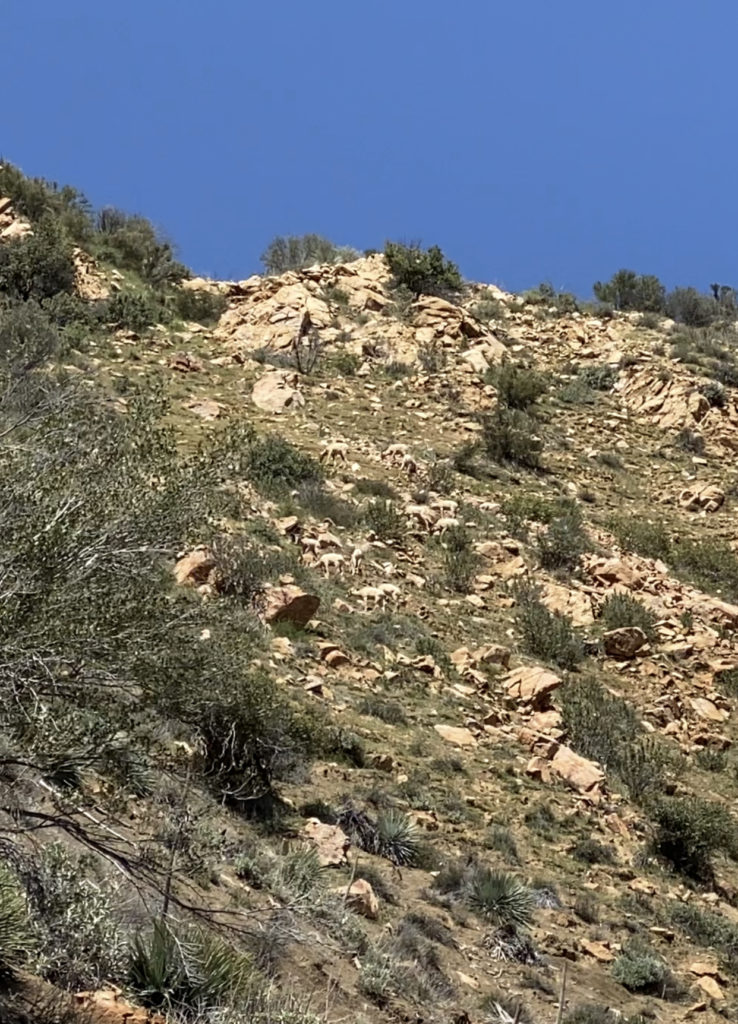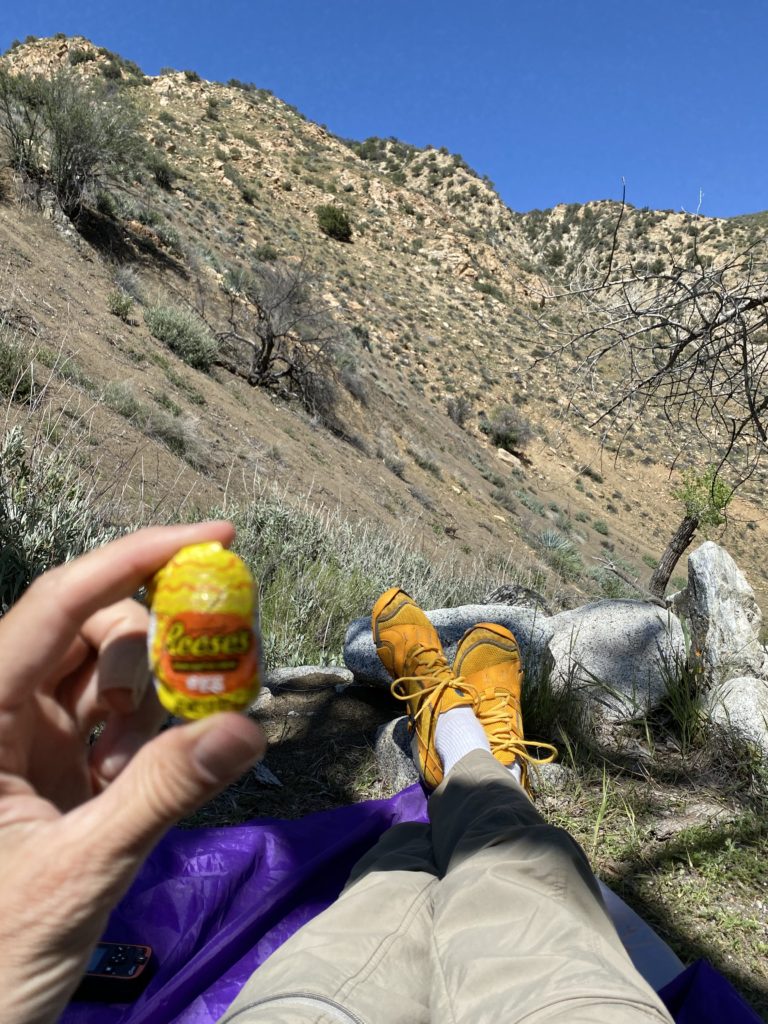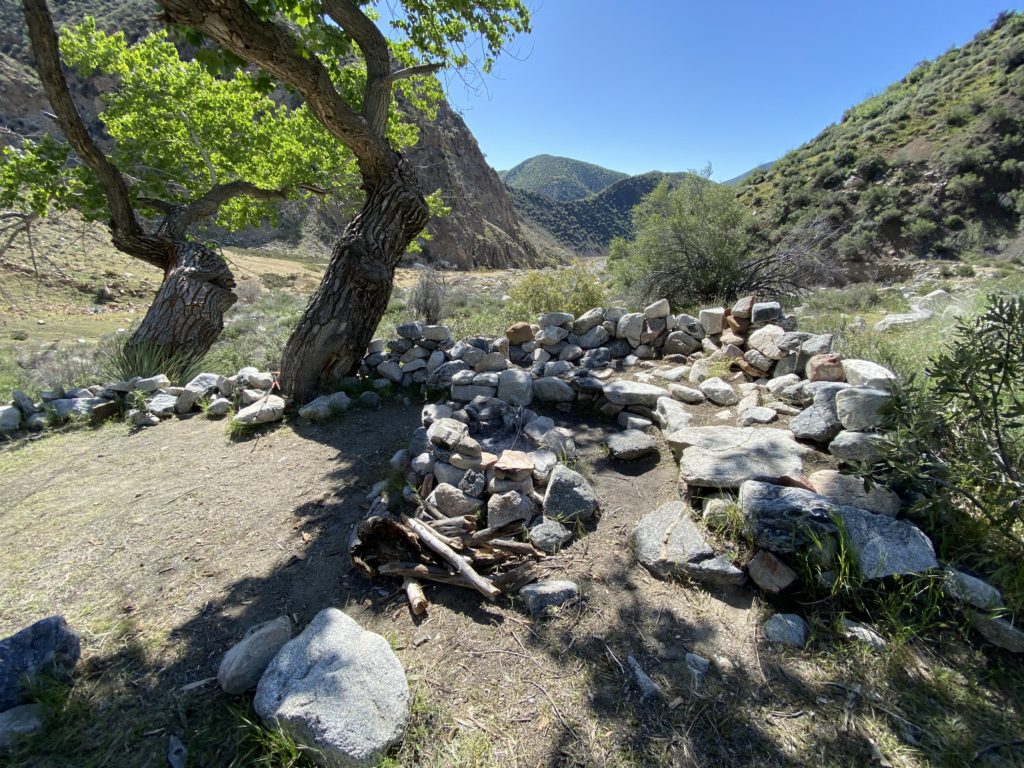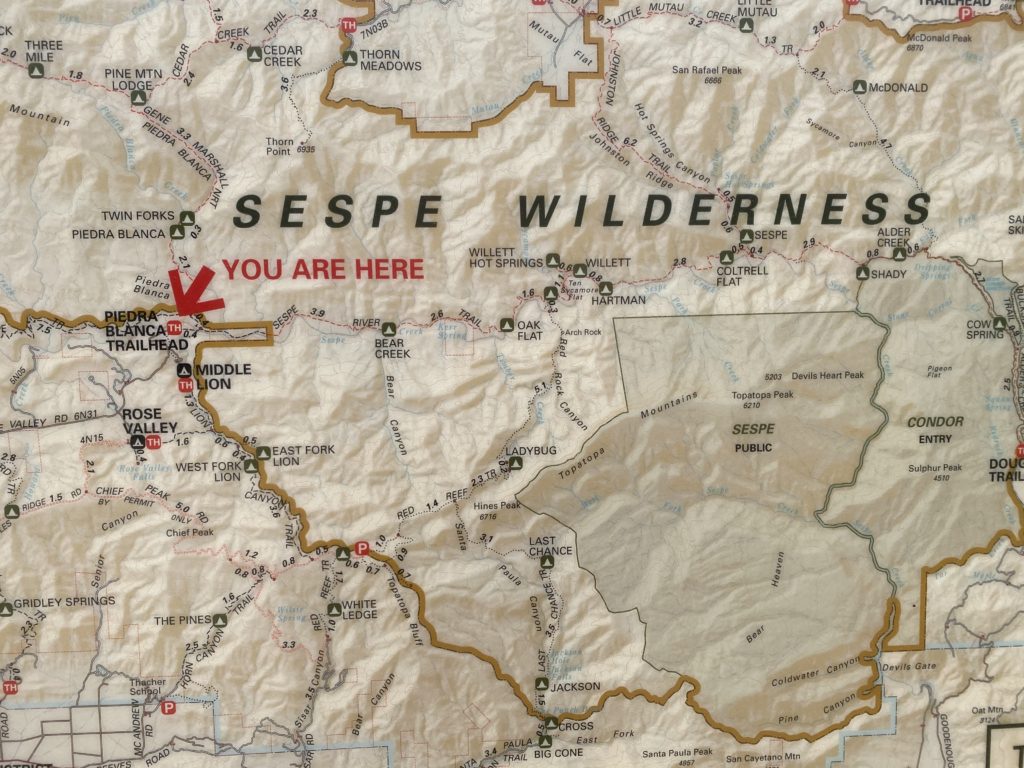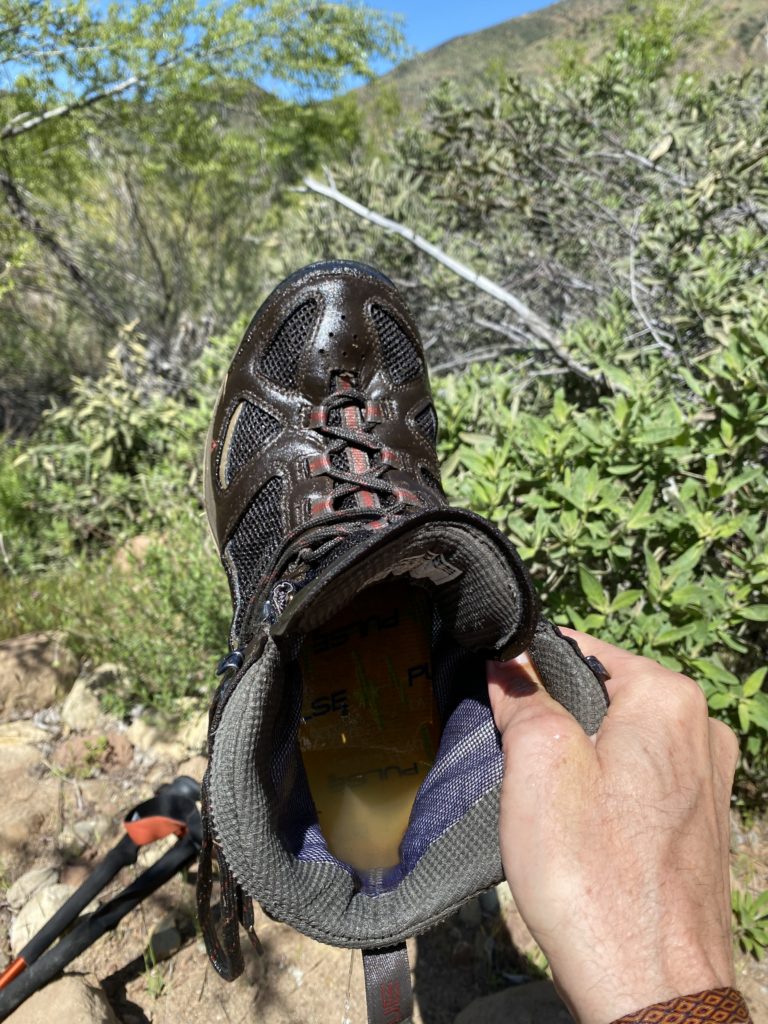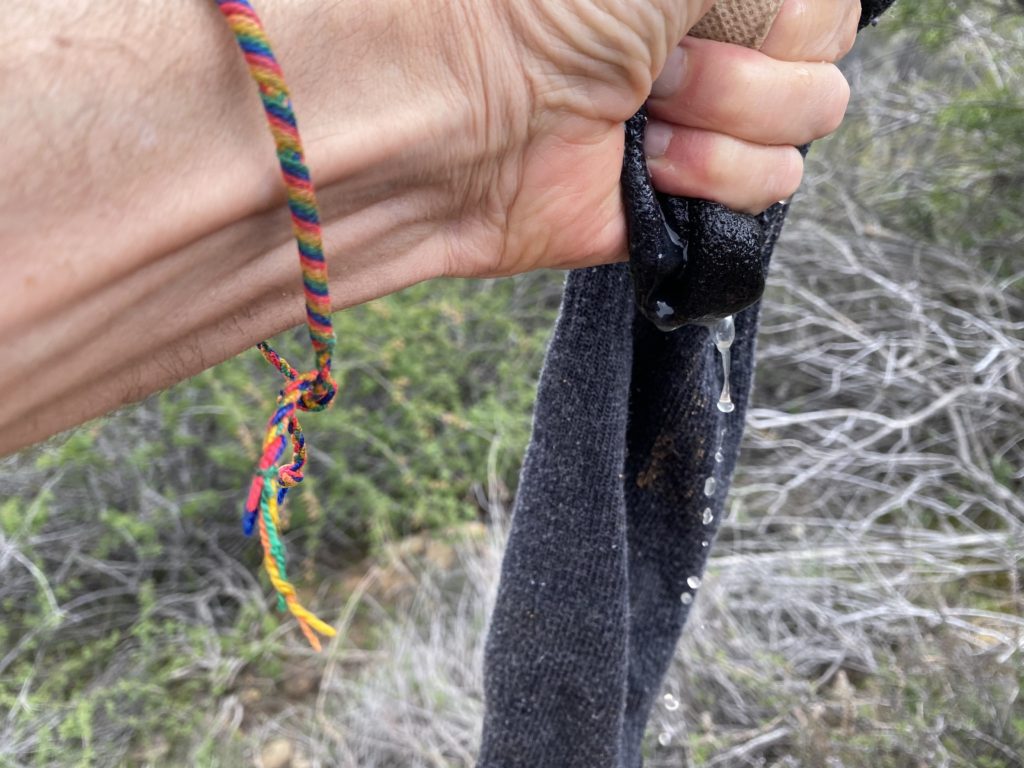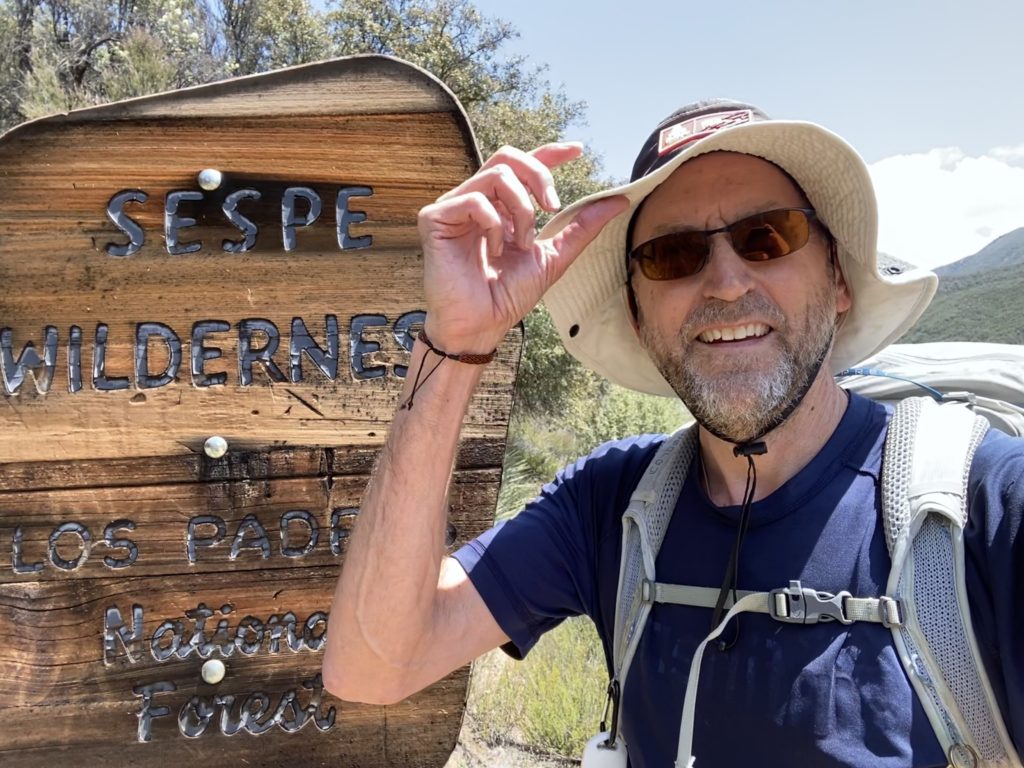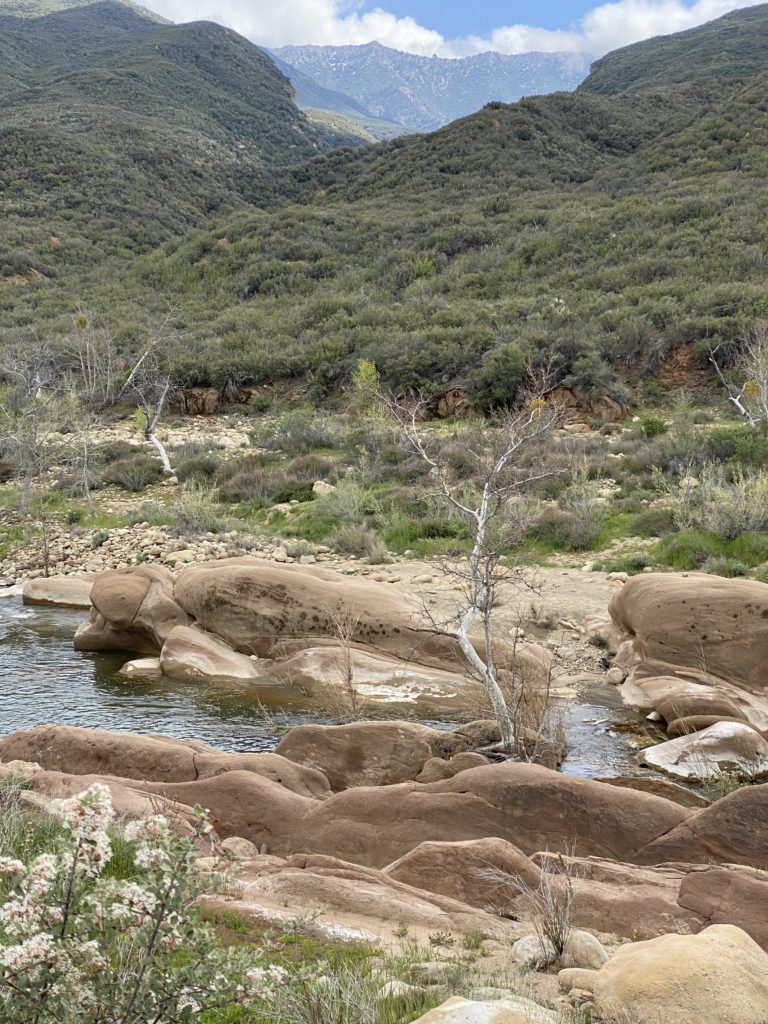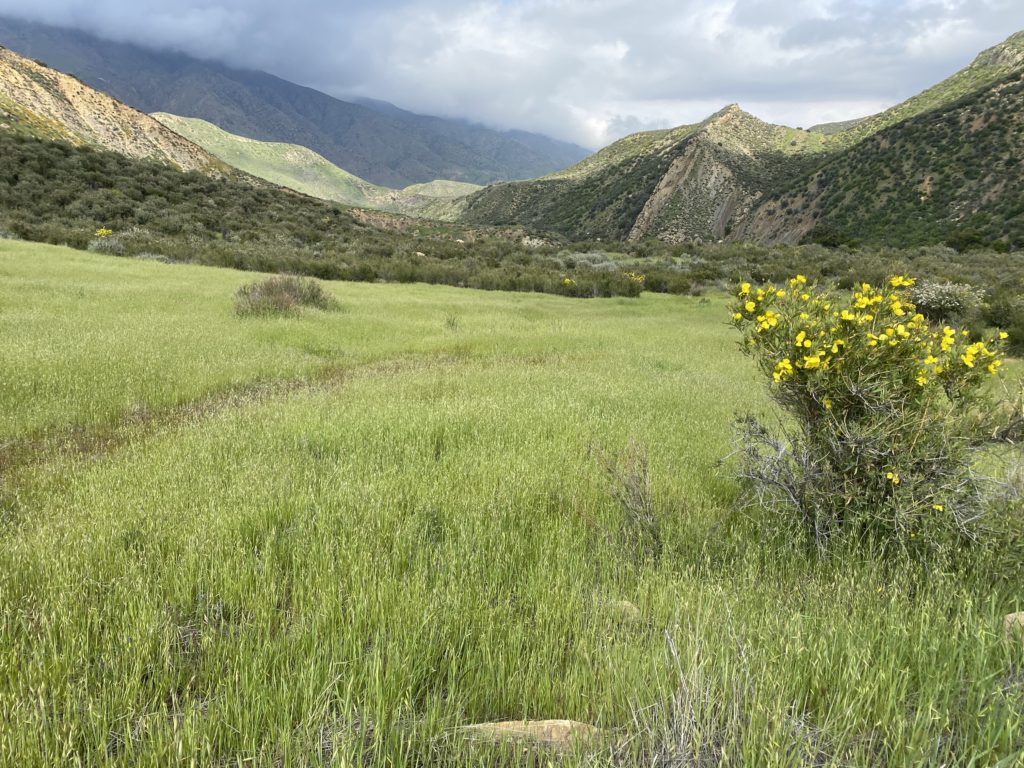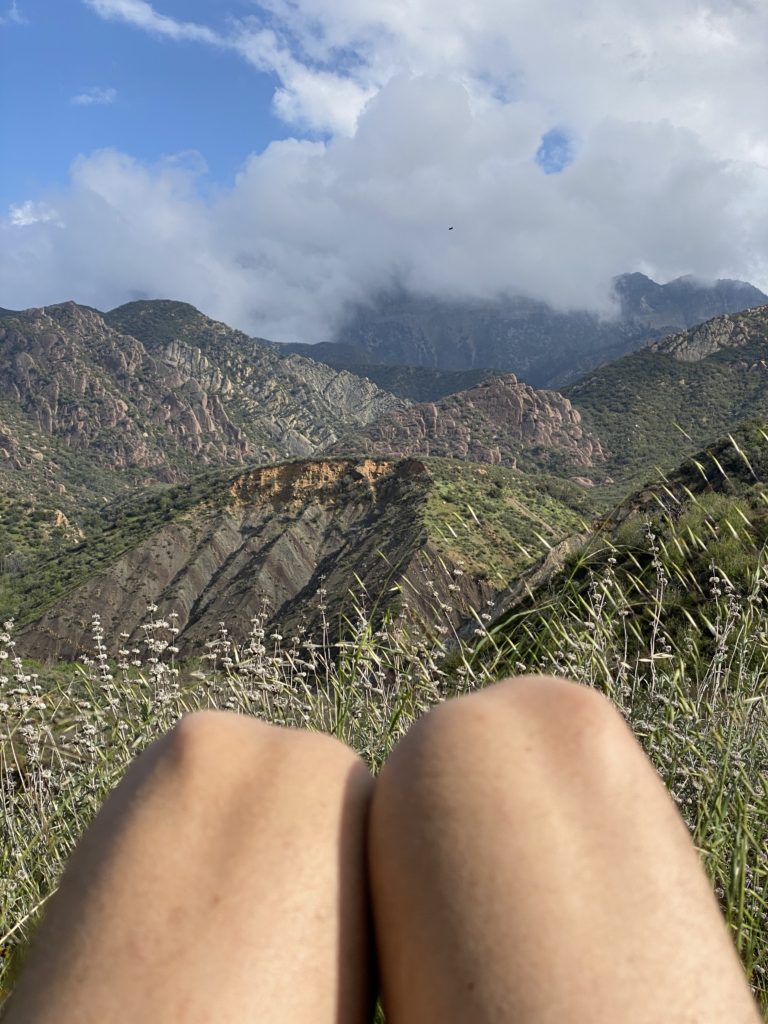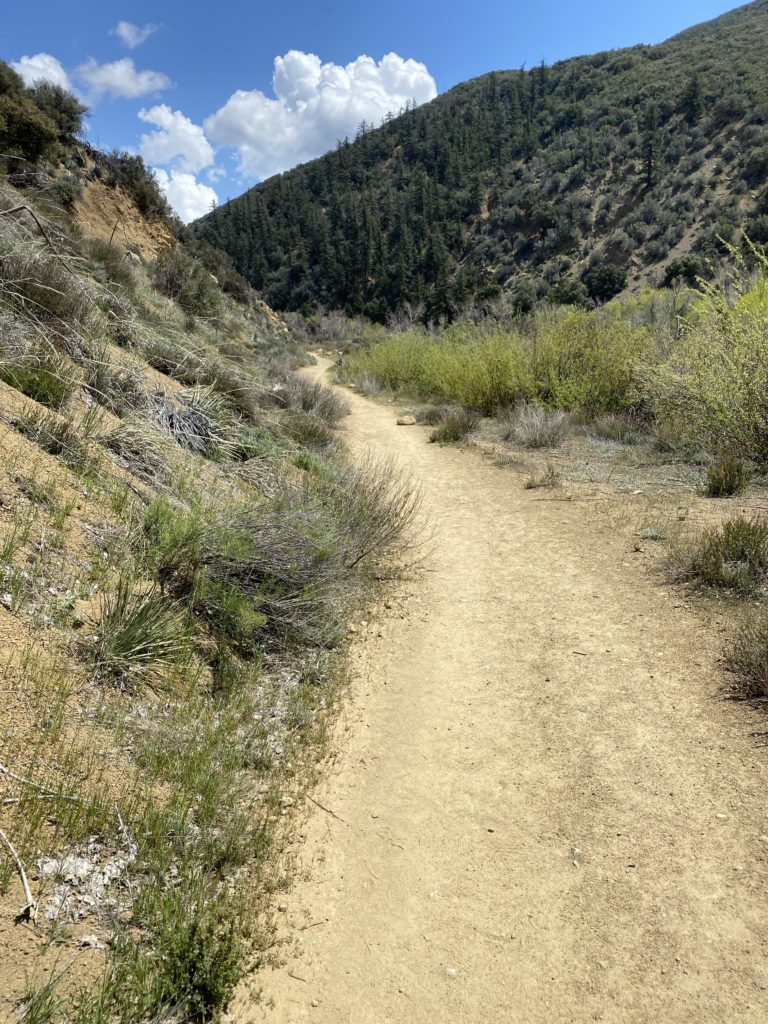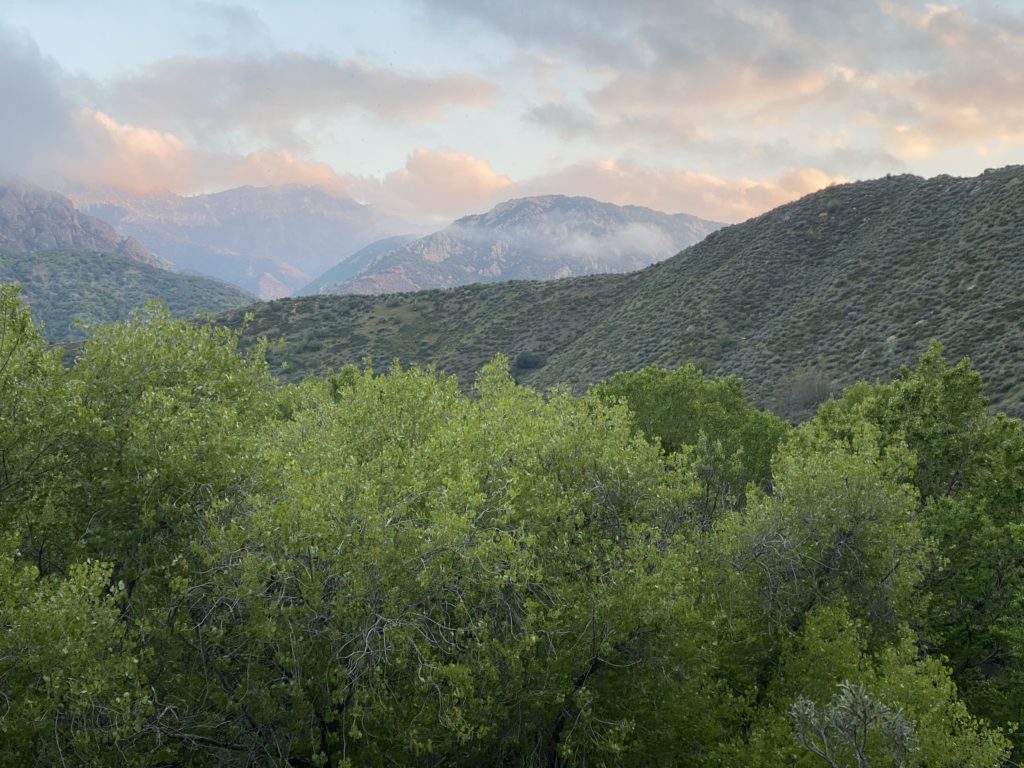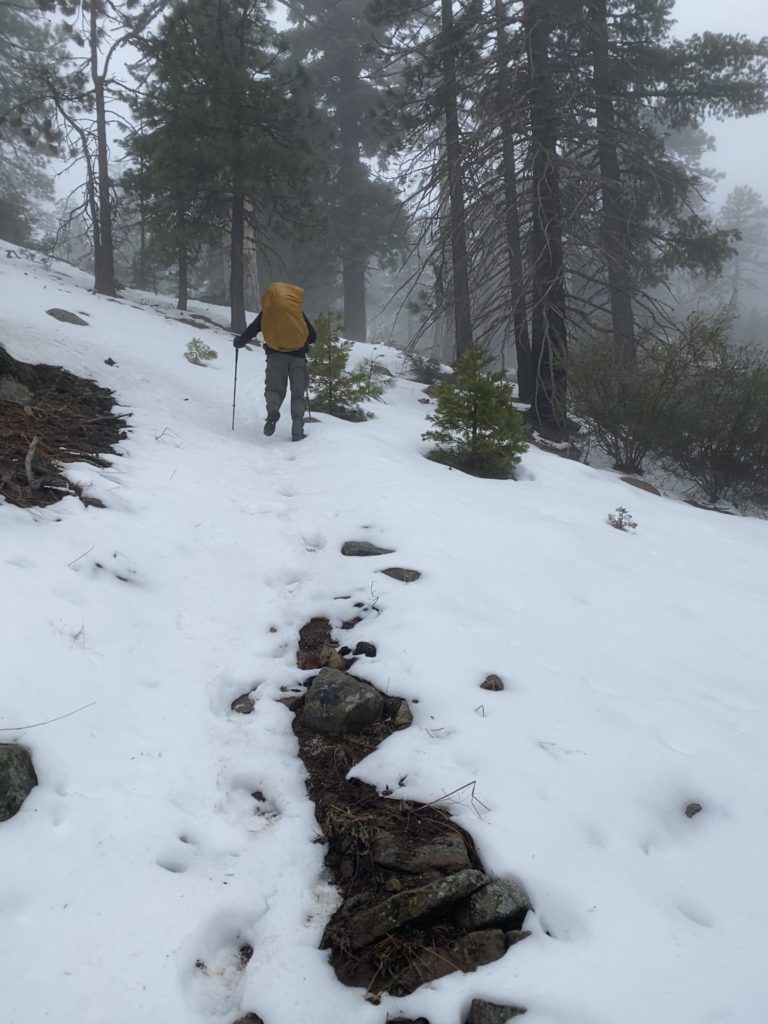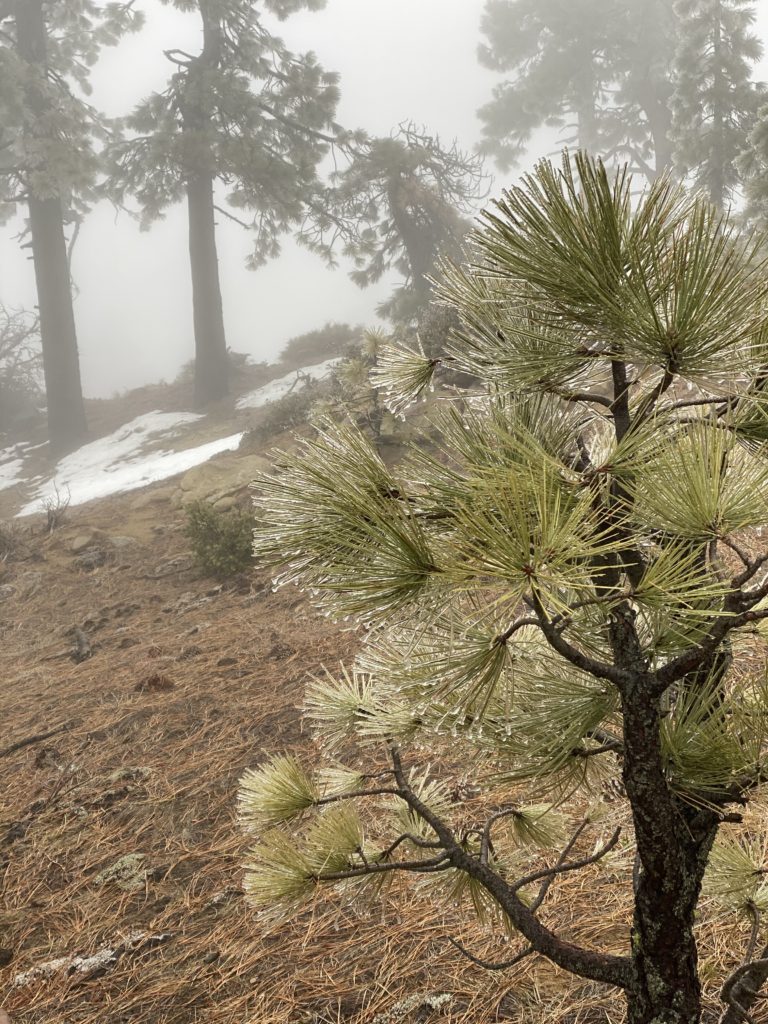I released my first short film – Hanging and Gliding. I started working on the film in March 2021 and recorded the Twilight Flight on March 3. This flight to the beach was going to be the introduction to the film about Willy setting the world record for out-and back flights. When Willy didn’t set the record, I had to change to movie to focus on them flying to the beach. The footage was so stunning that I figured it would make a good movie. I ended up editing the video until the movie was 15 minutes long – just about the length of the flight.

After getting the footage, the hardest part of the editing process was getting the audio to go with the flights. I used epidemicsound.com to get music for the background. Then interviewed Mike and Willy to get them to talk about flying and sync it up with the video. I had to adjust the volume, remove drone noise and tie the audio clips to the video. I was really pleased with how interesting their audio came out. Mike and Willy spoke about the peace and beauty of flying real well.
I also had to learn to use Adobe Premiere Pro to edit the film. I was surprised how easy it was to learn the software. A plethora of youtube videos showed me how to make titling, fix the audio, trim clips and so much more. The software is incredibly powerful and I’ve only scratched the surface.
Here is the trailer.
After completing the film, I uploaded it to Film Freeway that works with over 5,000 film festivals around the world. I found it very easy to submit the film to 35 film festivals. I submitted the film all around the world – Egypt, Austria, Australia, England, France, Turkey, Morocco, Estonia, Bratslava, Chile, Canada and all over the US.
Here is a list of the film festivals that I submitted the film to and the date when I should find out when it is accepted or rejected.
Santa Barbara International Film Festival Jan 31, 2022
MAFF | Matsalu Nature Film Festival Aug 1, 2022
Melbourne Documentary Film Festival Jun 30, 2022
Les Bois Film Festival Feb 28, 2022
Antakya International Film Festival Sep 20, 2022
Rabat International Author Film Festival Sep 1, 2022
Awesome Con Short Film Festival 2022 Apr 29, 2022
Los Angeles Lift-Off Film Festival Sep 5, 2022
Austria International Film Festival Dec 5, 2022
International Alexandria Short Film Festival Apr 15, 2022
Midwest Action Fest. Action, Adventure & Co… Feb 28, 2022
Hory a mesto/Mountains and City – Internati… Apr 15, 2022
Myrtle Beach International Film Festival Mar 4, 2022
Green Screen Environmental Film Festival (T… Sep 30, 2022
Ottawa Adventure Film Festival Apr 1, 2022
Thin Line Fest Feb 18, 2022
5Point Adventure Film Festival Mar 18, 2022
EarthX Film Festival Mar 1, 2022
Maine Outdoor Film Festival May 22, 2022
Mountainfilm May 15, 2022
NorthwestFest International Documentary F… Mar 14, 2022
Concepcion Independent Film Awards Jul 25, 2022
San Francisco Frozen Film Festival (SFFFF) Jun 14, 2022
DOC LA. Los Angeles Documentary Film Festi… Sep 30, 2022
Crown Heights Film Festival in Brooklyn, NY Jul 15, 2022
SACRAMENTO UNDERGROUND FILM & ARTS … Jul 16, 2022
XPLORE ALPES FESTIVAL Aug 13, 2022
Dawson City International Short Film Festival Mar 16, 2022
Wasatch Mountain Film Festival Feb 16, 2022
Hill Country Film Festival Apr 25, 2022
Rural FilmFest Jun 3, 2022
Catalina Film Festival Jul 15, 2022
Faith in Film: International Film Festival and S… May 8, 2022
Bristol Independent Film Festival Aug 12, 2022
Aspen Shortsfest Mar 3, 2022
I hope it gets accepted to a few of these festivals. I’ll let you know when it does.
